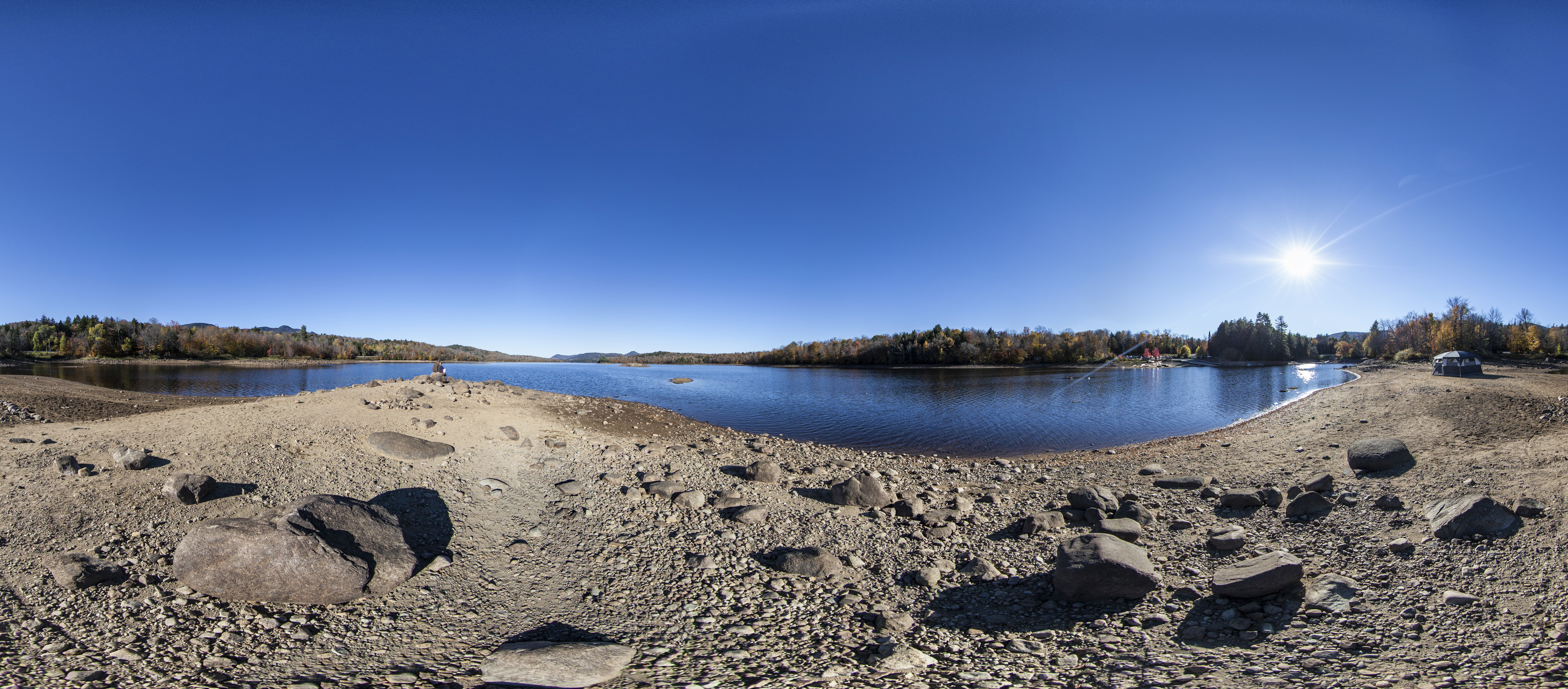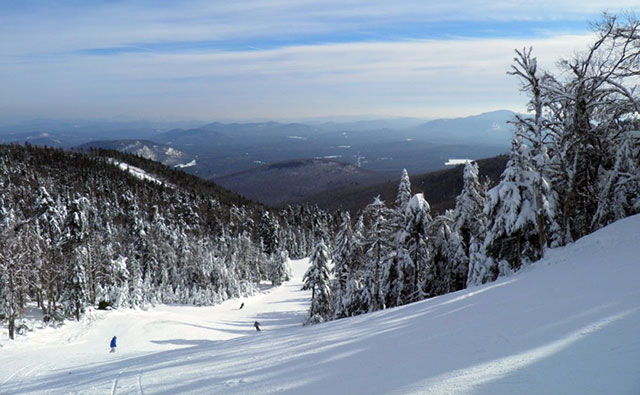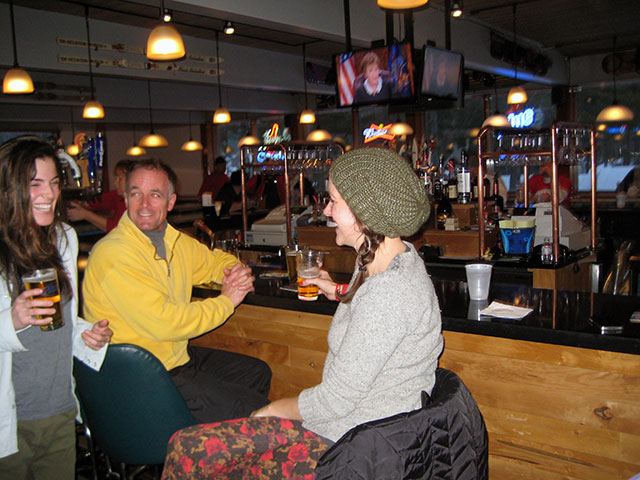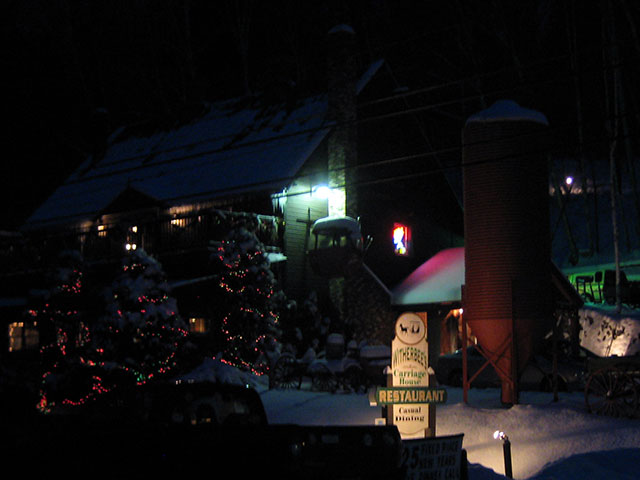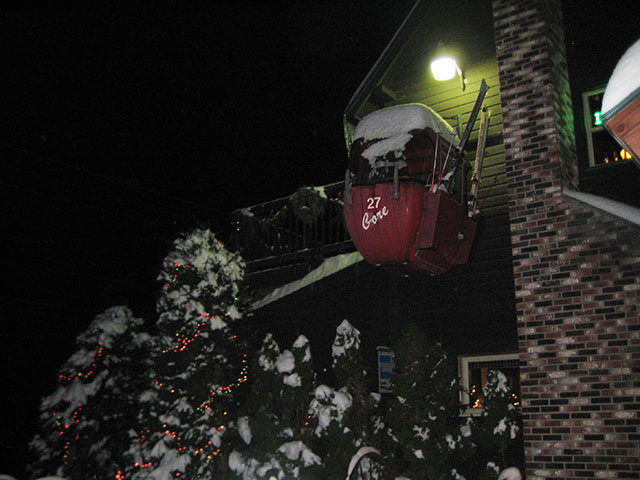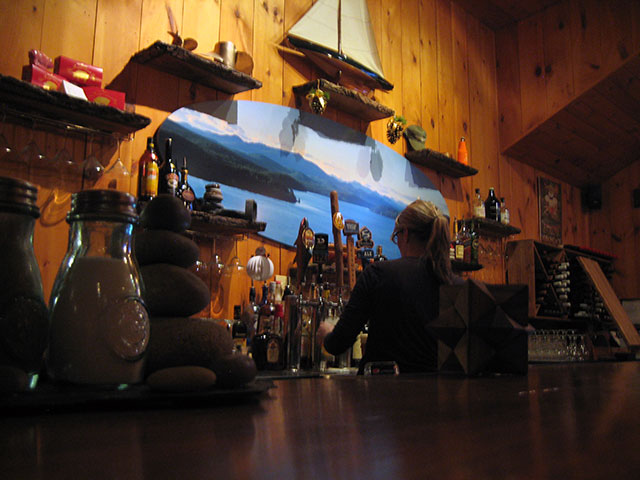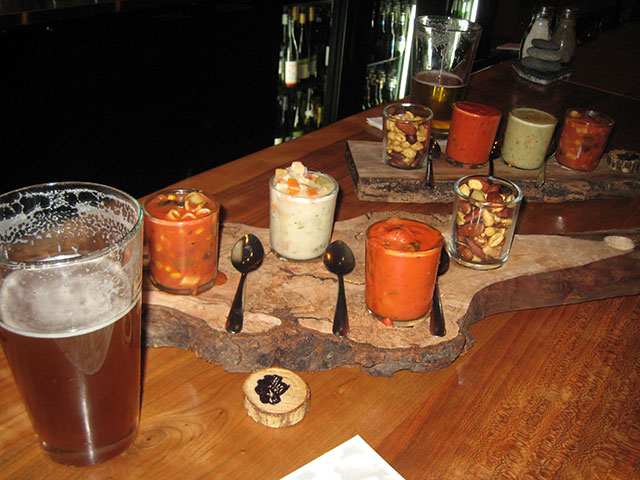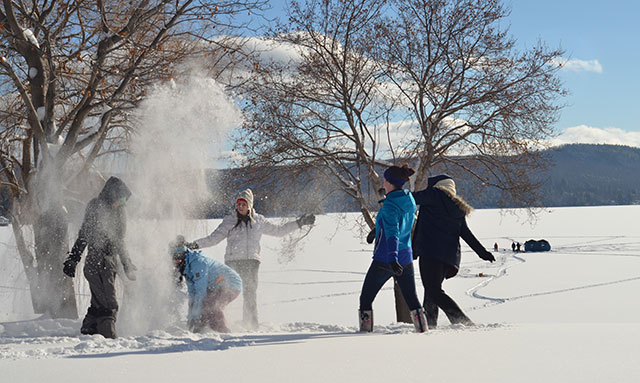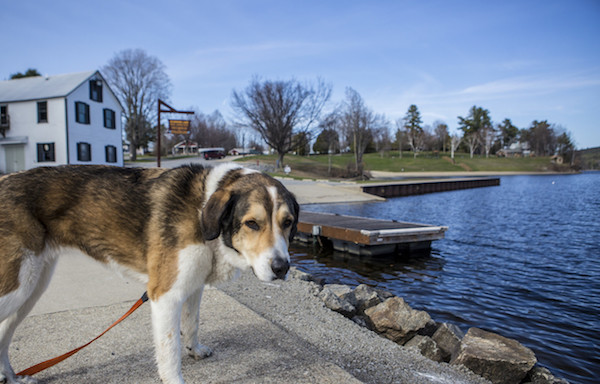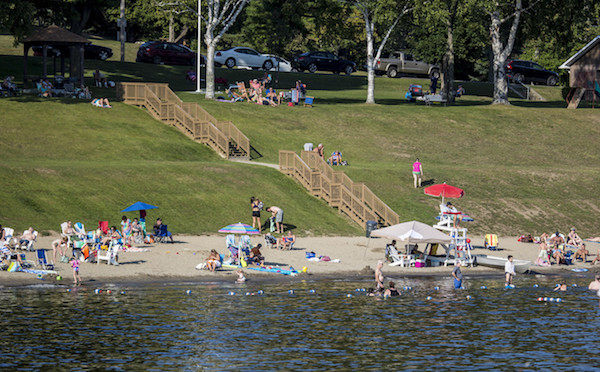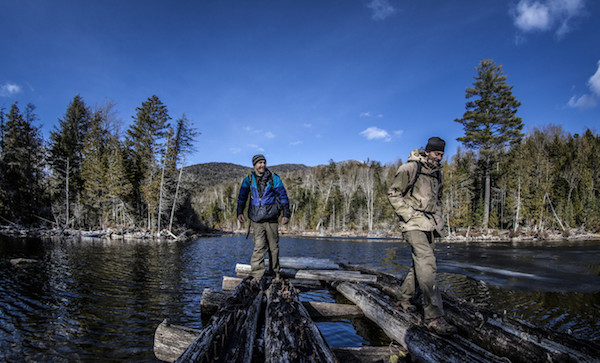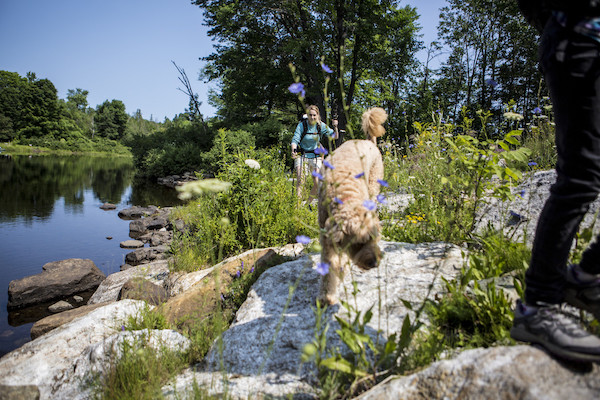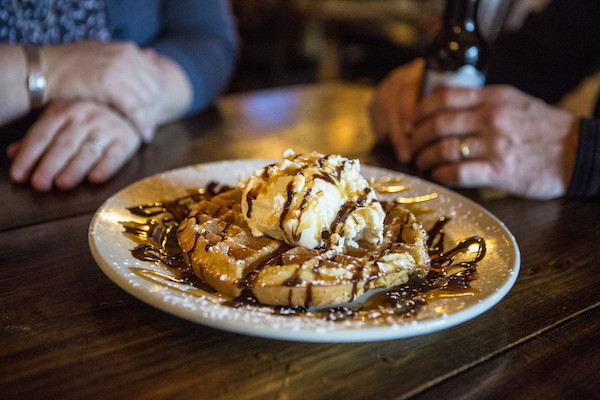A Season of Celebration in Schroon Lake
'Tis the season in Schroon Lake
It's that time of year again and you won't have to search hard to find the spirit of the season in Schroon Lake! This small Adirondack village with a big personality is well known for its welcoming hospitality, along with a year-round event schedule bursting with activities and entertainment for the whole family to enjoy. Toward the end of the year, the village transforms into a nostalgic seasonal wonderland, embracing all of the delights of winter and the holiday season. With a fresh dusting of snow on the rooftops, holiday decorations all around town, and the shop windows adorned with seasonal displays, there really is no more fitting place to get into the holiday spirit. Winter holidays aren't the only thing to keep you busy this time of year, there's always something fun happening around Schroon Lake to keep you occupied and engaged. Choose from alpine and cross-country skiing to fat biking and snowmobiling, or laughing with friends and family over drinks and a tasty meal at one of the area restaurants, before settling in at one of the area's cozy and inviting accommodations.

Old Tyme Christmas Celebration
Small-town rustic charm meets winter holiday fun and excitement during Schroon Lake's 38th annual Old Tyme Christmas Celebration! Finishing touches are being put in place for the event schedule, and this year's celebration is shaping up to be the best ever! Hosted by Schroon Lake Chamber of Commerce, the celebration's main events will be scheduled throughout the day on Saturday, December 9, 2023, with bonus fun and excitement occurring all week long. Just in time for this popular weekend celebration, Schroon Lake transforms into a winter holiday wonderland and takes on a nostalgic feel with the streets and shop windows decorated for the season and glowing with holiday lights.
Most of the action takes place along Main Street and at the Schroon Lake Town Hall, and there will be plenty of winter holiday-themed, cost-free events that will keep the whole family entertained, engaged, and full of holiday spirit! Events include everything from choir performances, caroling, raffles, holiday treats, a silent auction, crafts for the kids, and even horse-drawn wagon rides. Watch the lighting of the village Christmas tree and wave to Santa and Mrs. Claus riding on the Schroon Lake Volunteer Fire Department fire truck during the winter parade! Of course, you're shopping locally as much as possible this year, so this will be a great time to finish up your gift gathering at the craft show and in the festively adorned shops in town. (Stay tuned to find out if there will be a chance to participate in the polar plunge (or watch those brave enough!), an event that's been a favorite chilly thrill in past years!) This is one of the best events of the whole year and we can promise that you won't want to miss any of the fun!
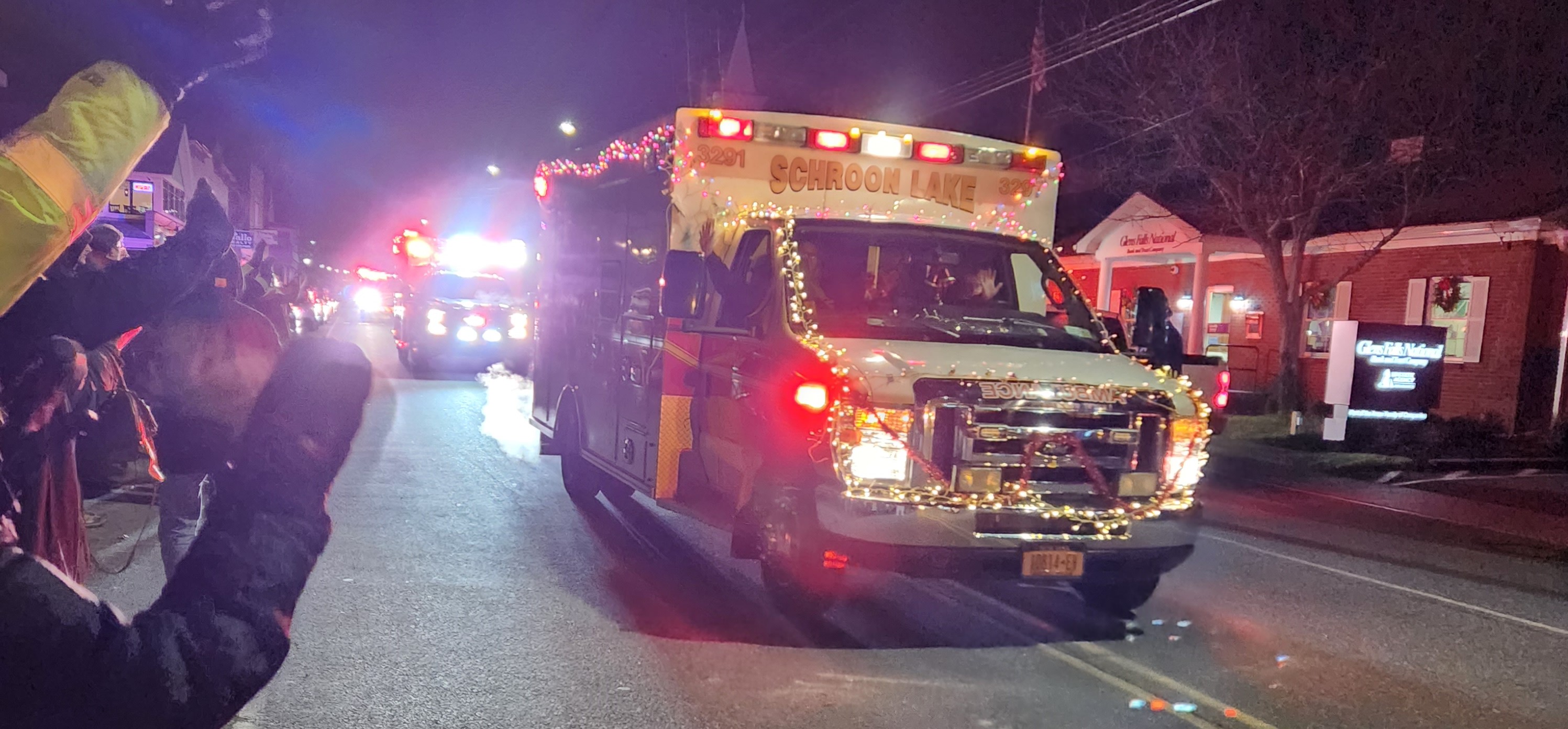
The Lodge at Schroon Lake
Those looking for an enchanting escape will be delighted with the seasonal atmosphere at The Lodge at Schroon Lake. Spread across 36 acres, this remarkable retreat recently celebrated its grand reopening following an extensive renovation. Boasting 116 thoughtfully designed accommodations, including guest rooms, suites, private cabins, lake-view chalets, and guest amenities including an indoor pool and a game room, The Lodge at Schroon Lake offers a delightfully cozy and comfortable stay, perfect for a memorable wintry getaway. (For ski enthusiasts, the lodge even offers a shuttle to nearby Gore Mountain!) Decorated beautifully for the winter holidays, with a main lobby decked to the halls with impressively decorated and lit fir trees, Adirondack-themed seasonal displays, and holiday lights glowing across the property, guests and visitors will be dazzled by this grand setting. Book an overnight stay, or stop in to learn more about this updated lakeside retreat and enjoy the holiday ambiance! For an exceptional family-friendly dining experience, enjoy a meal at The Brown Swan, the lodge's on-site restaurant, where you'll find farm-to-table, locally sourced cuisine and a menu inspired by the spirit of the Adirondacks.
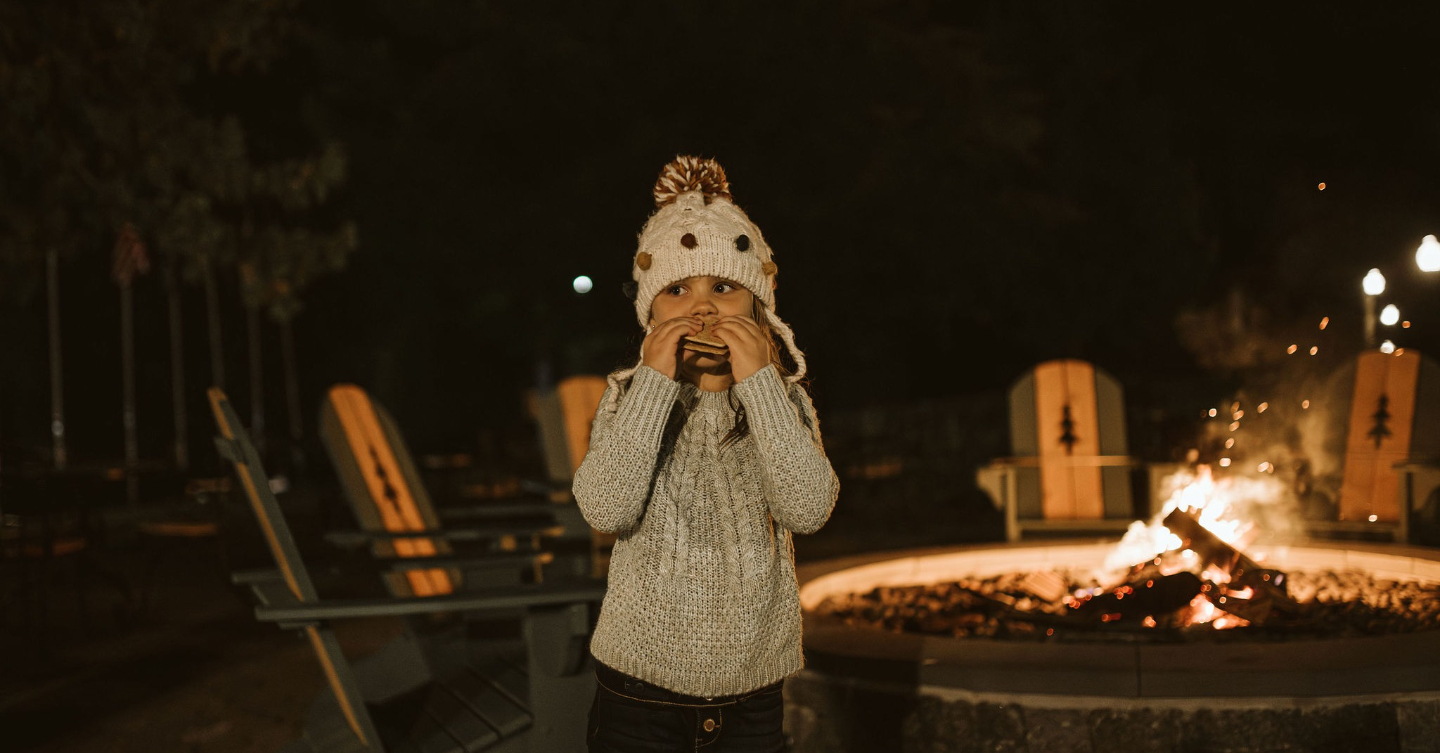
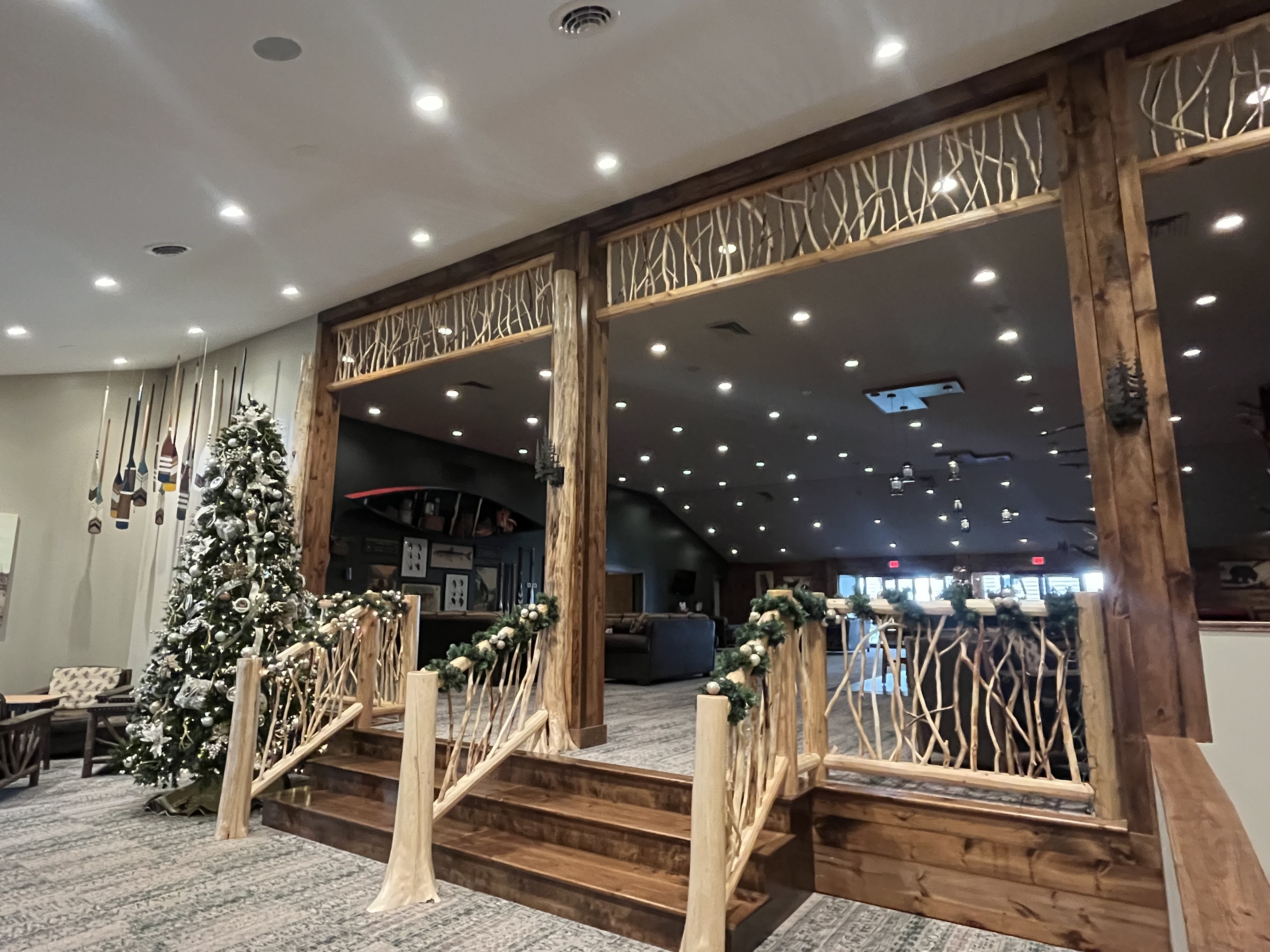
Whether you prefer snuggling by a crackling fire with a cup of cocoa, gliding across the frozen lake on skates, or engaging in a friendly snowball fight, Schroon Lake provides the perfect backdrop for winter holiday joy. Plan your stay and experience the best season of all in this delightful lakeside haven.
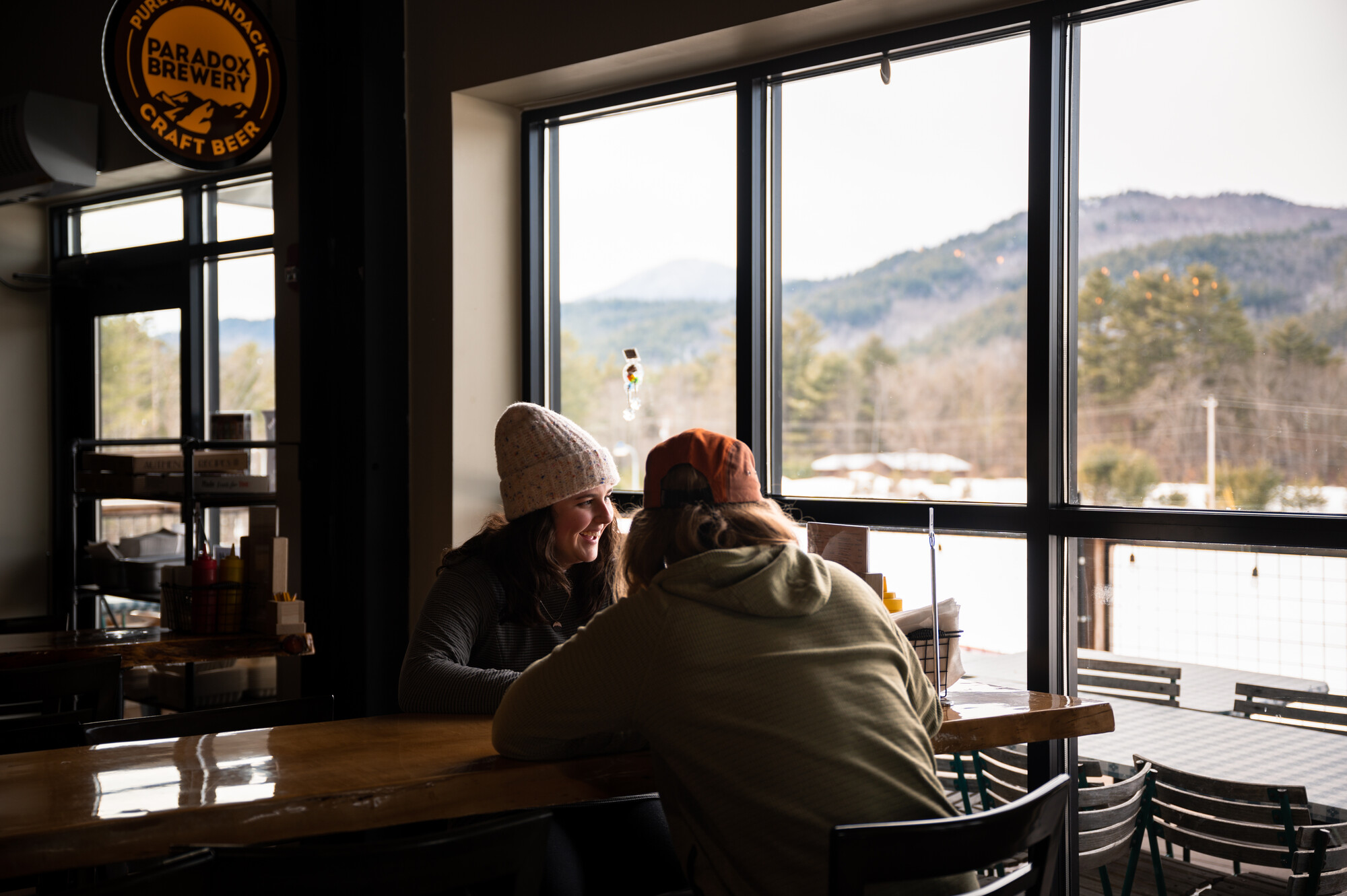
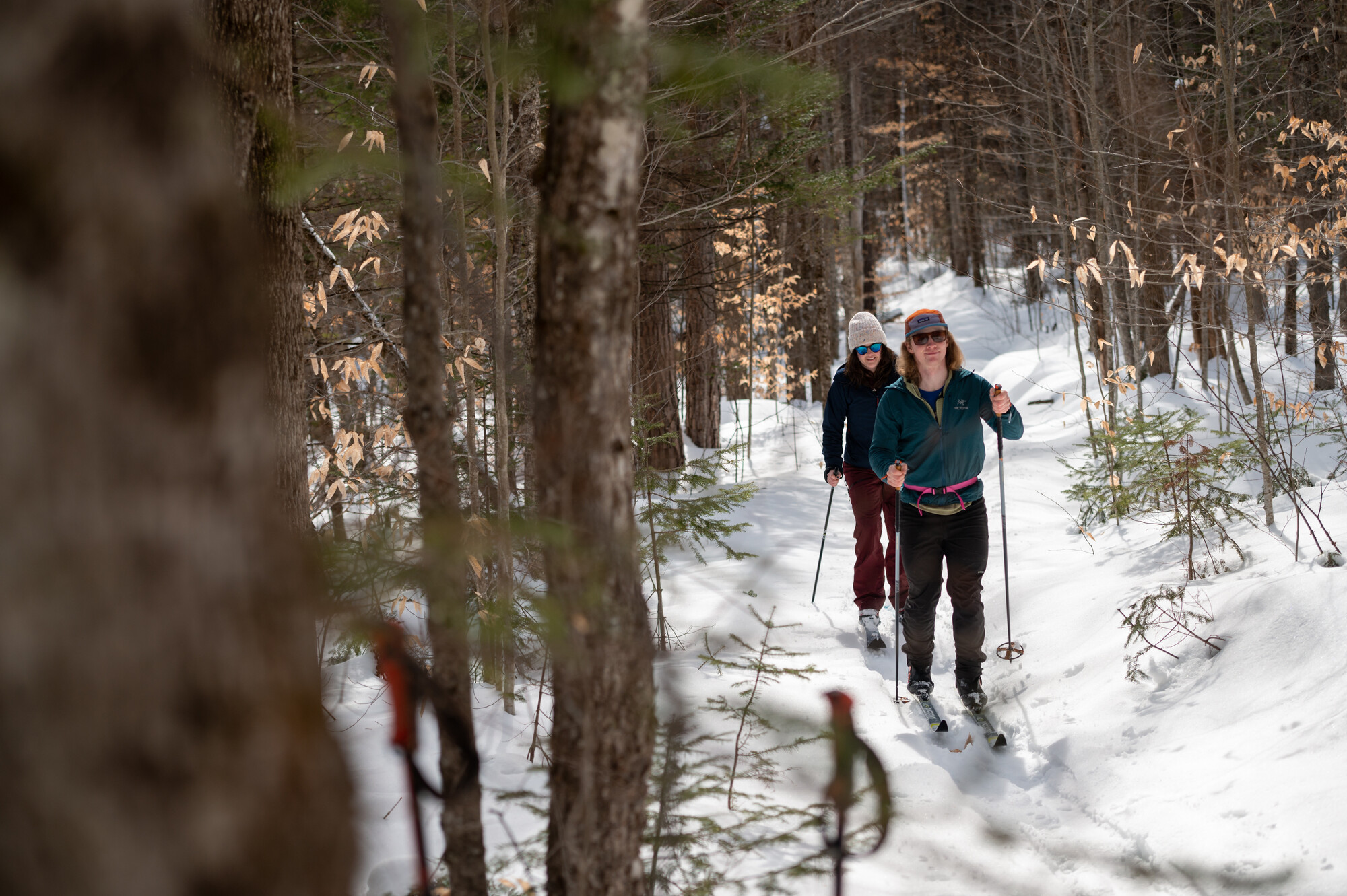

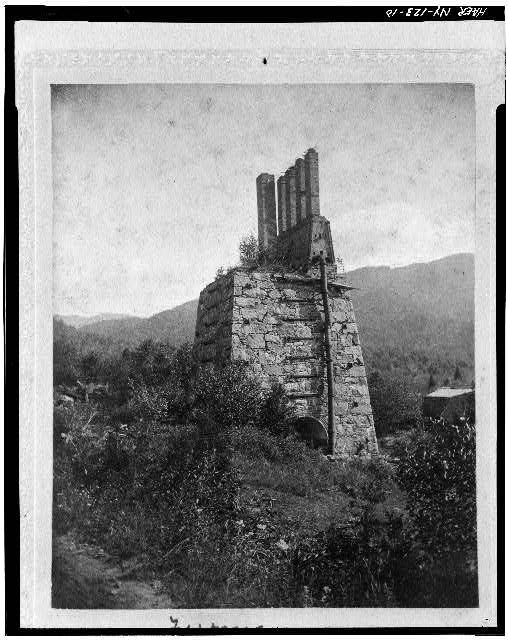
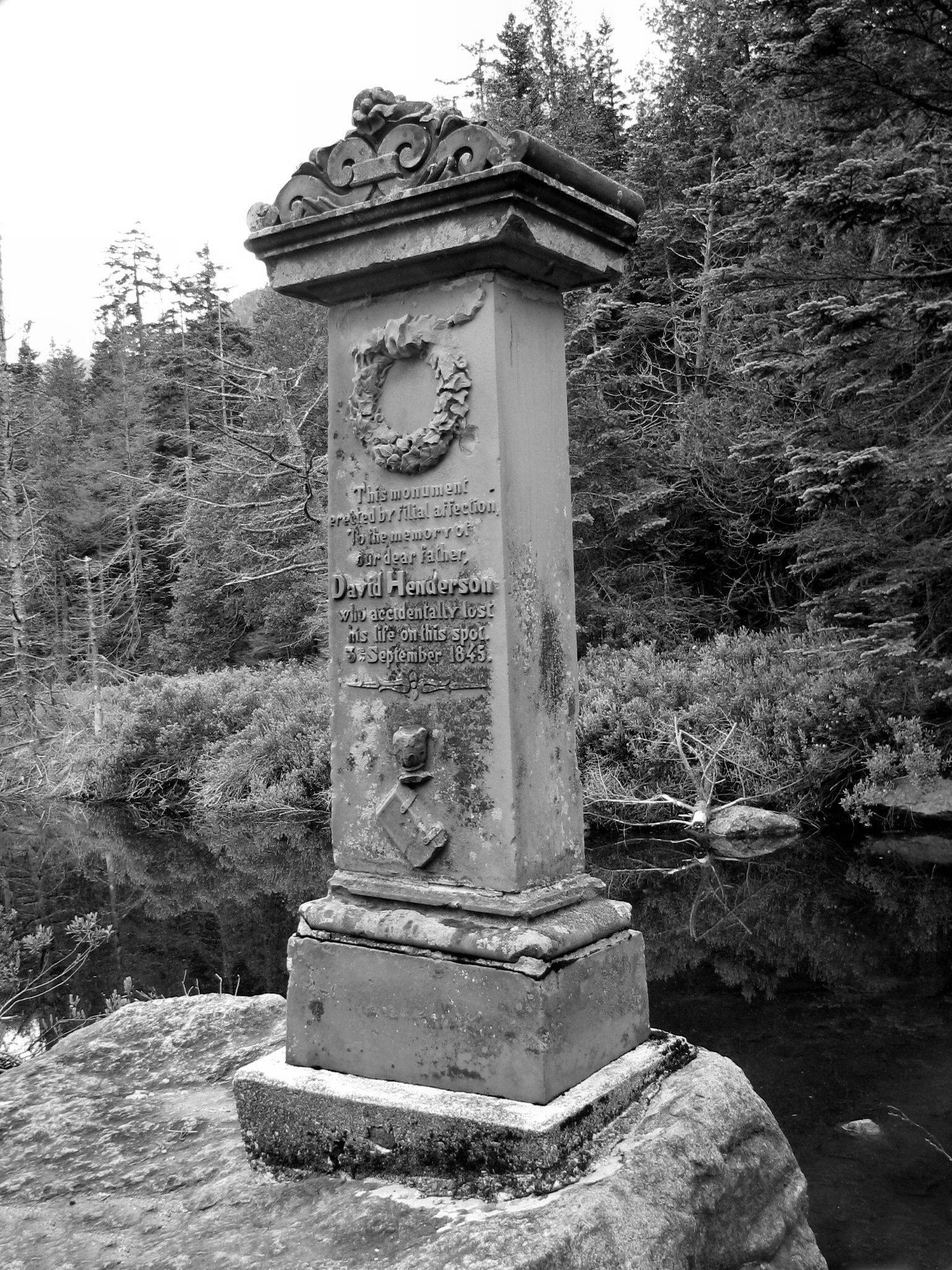
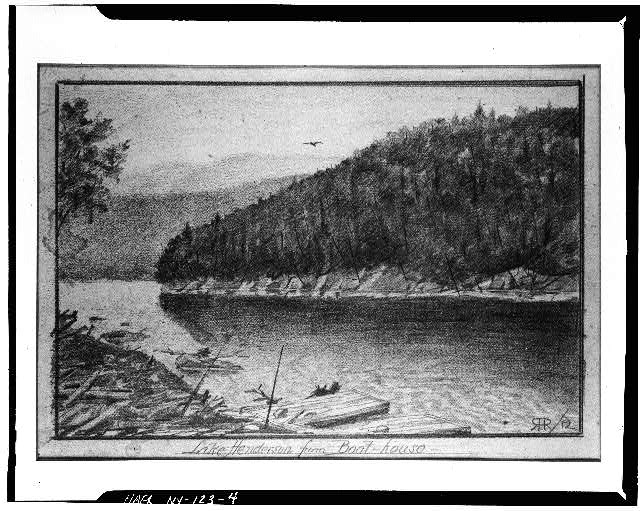
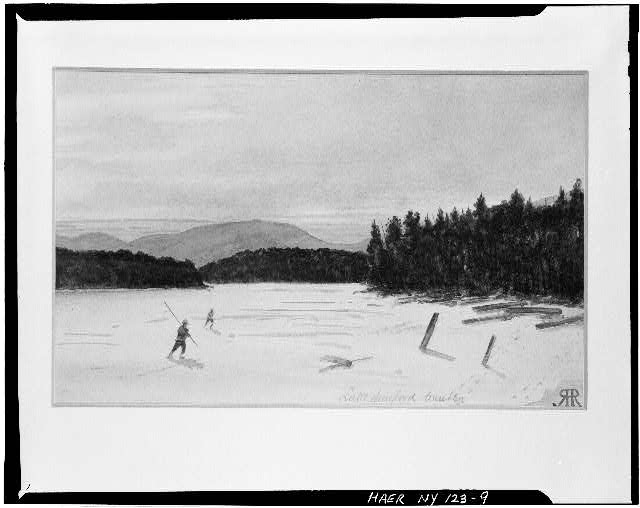

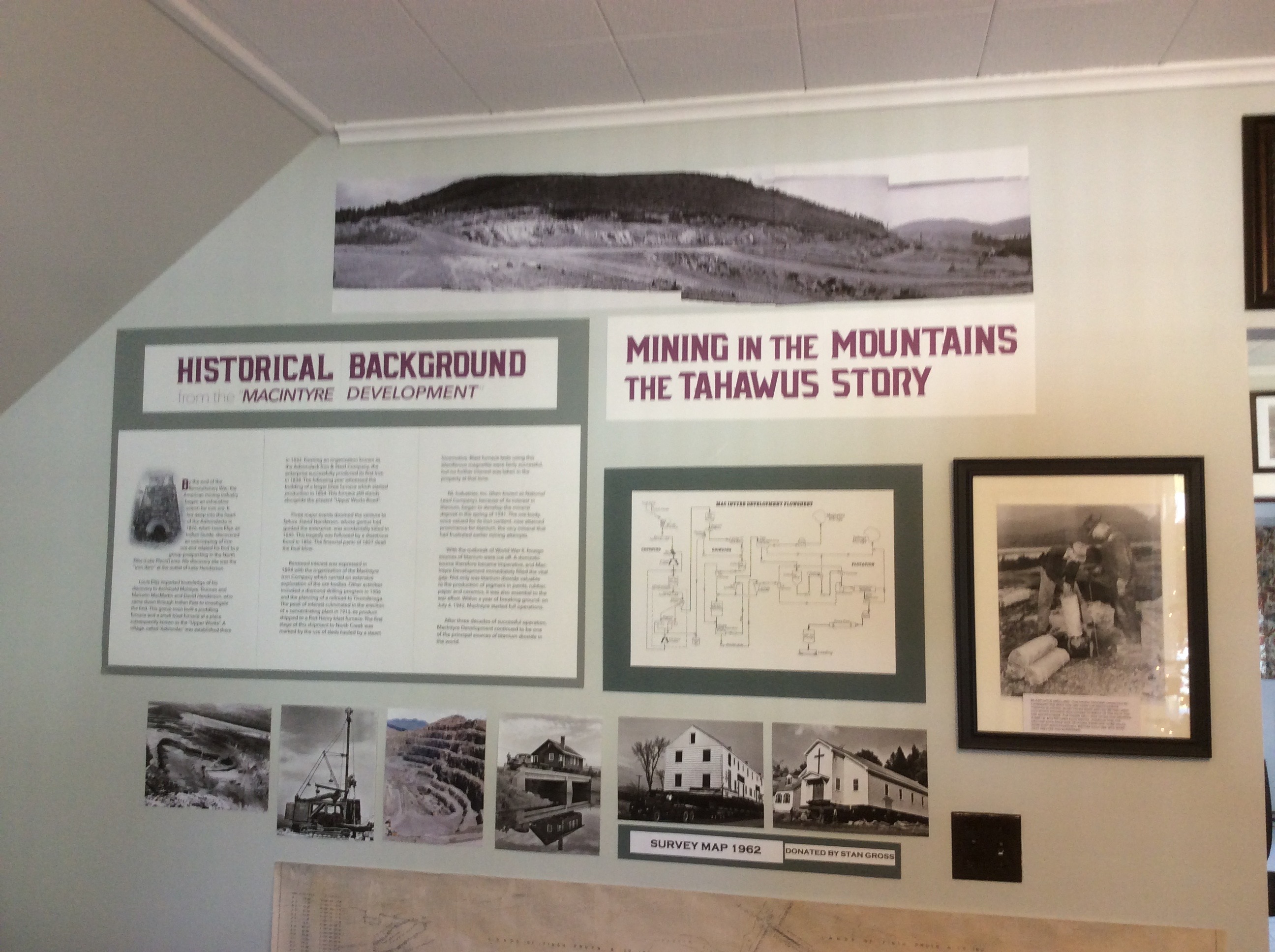

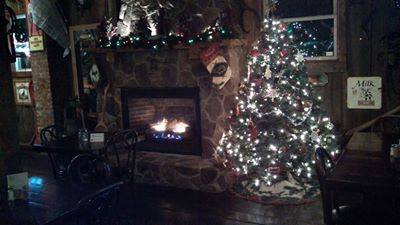
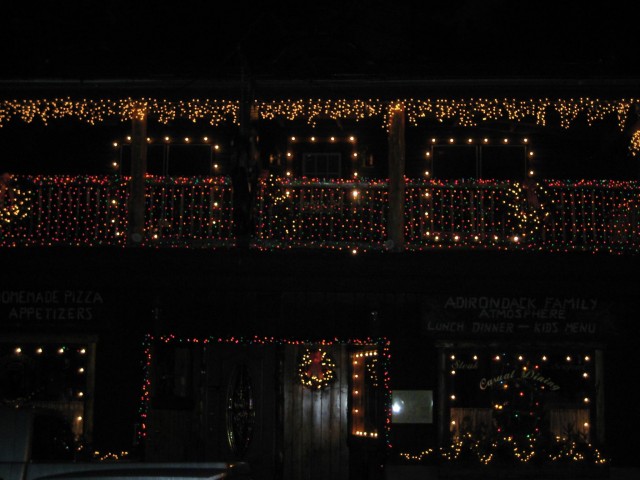
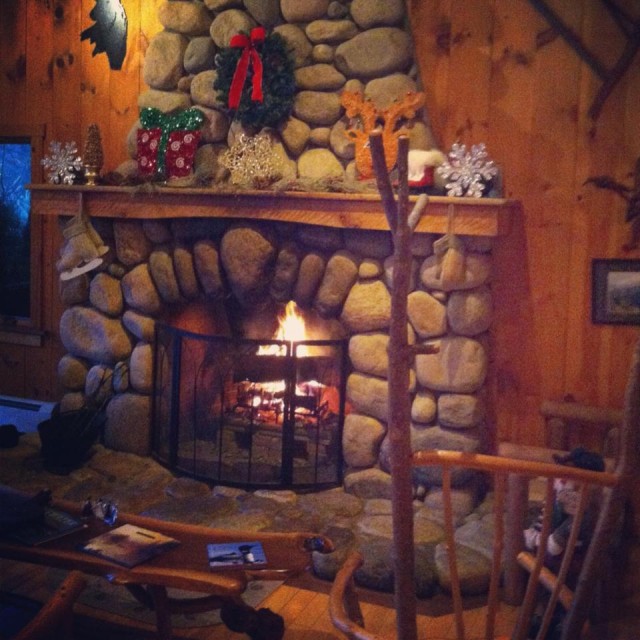

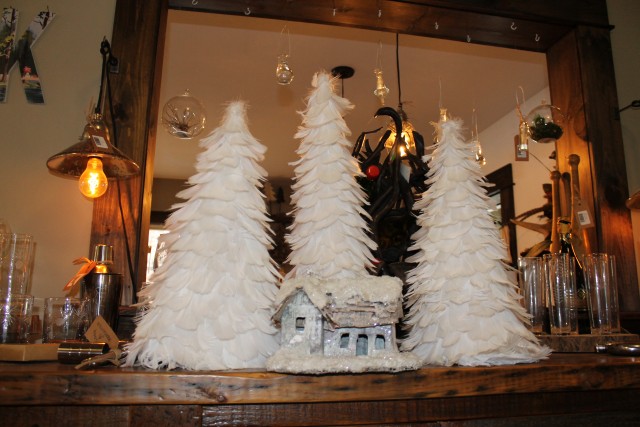



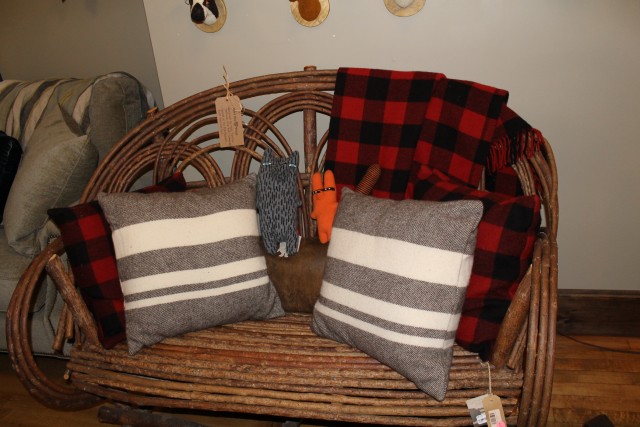
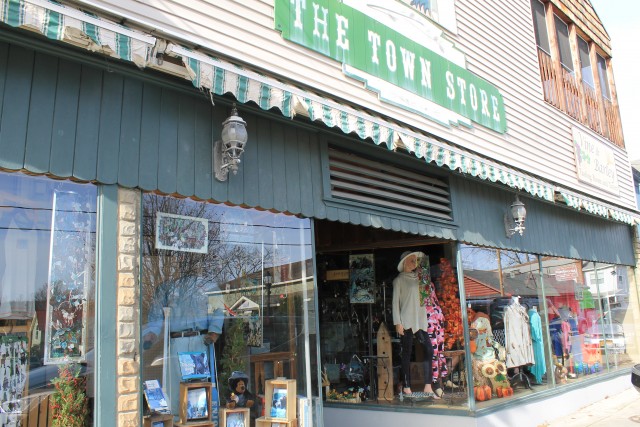
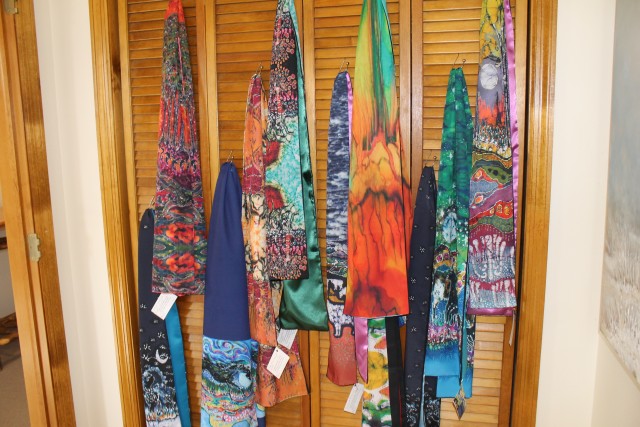
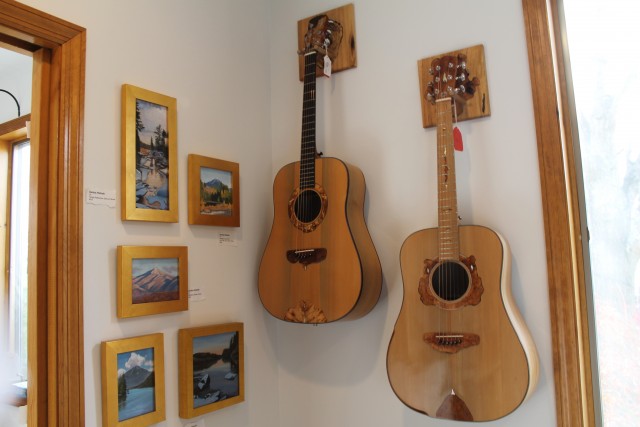

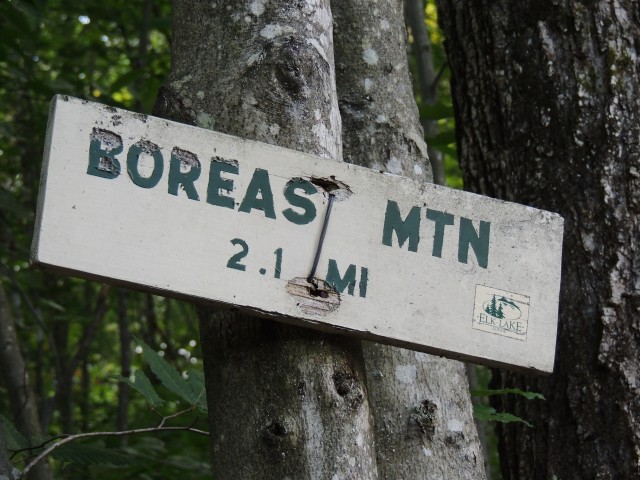
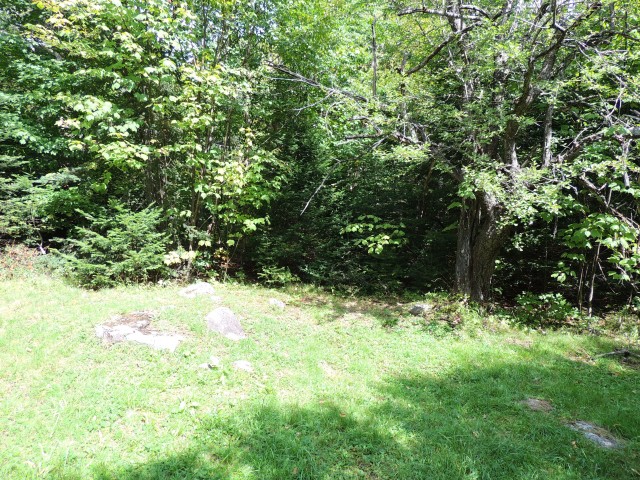
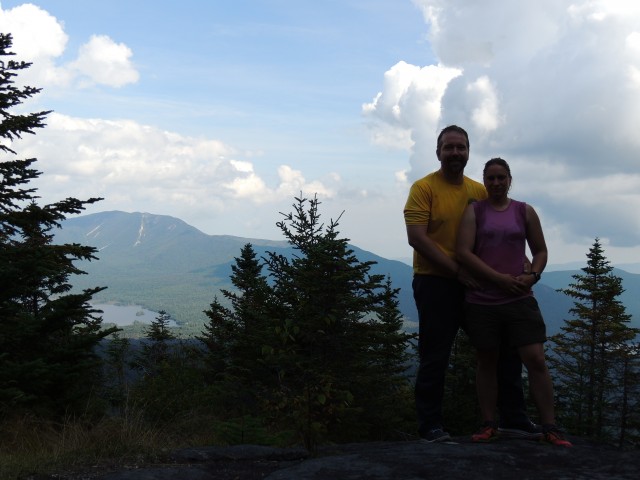
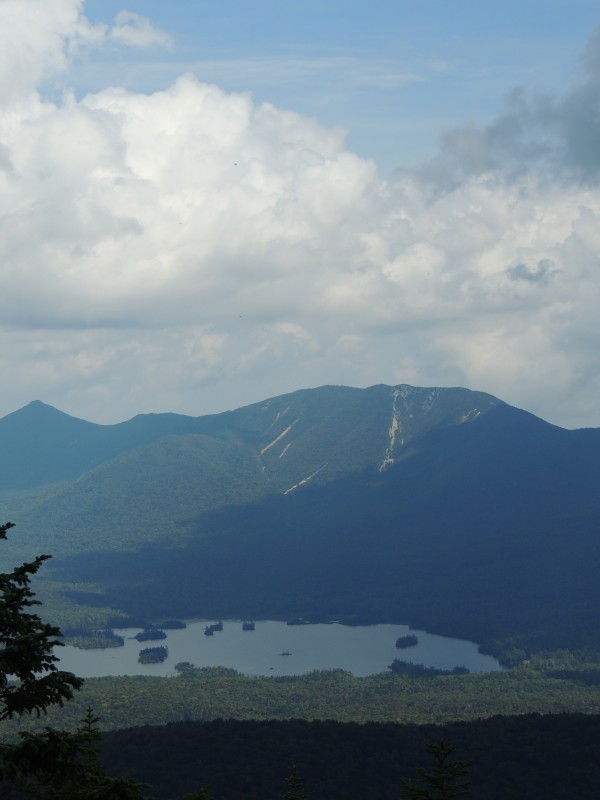
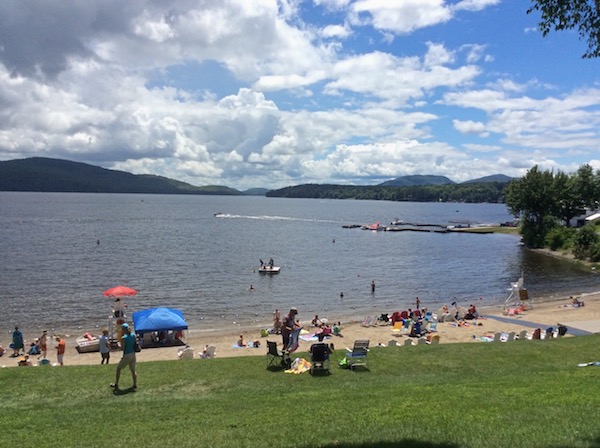
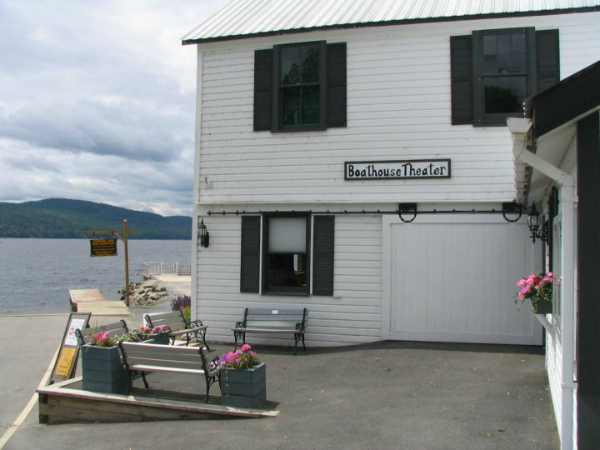

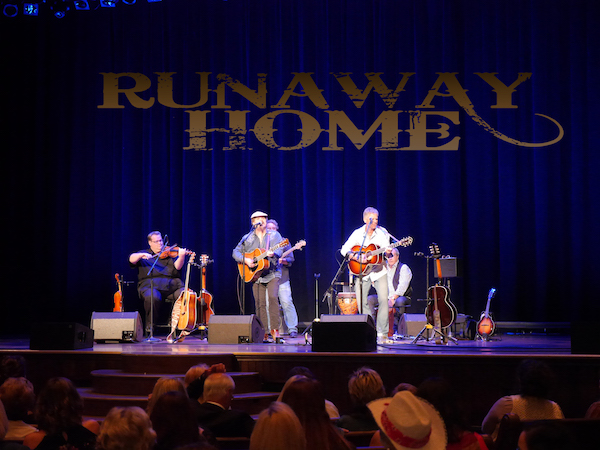
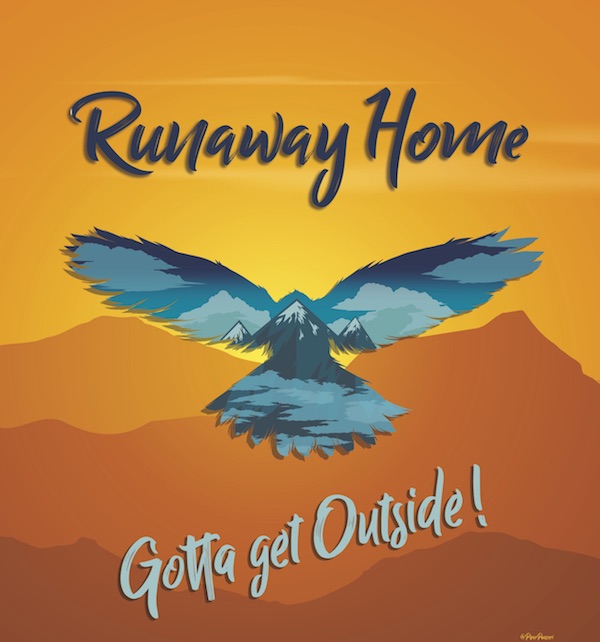
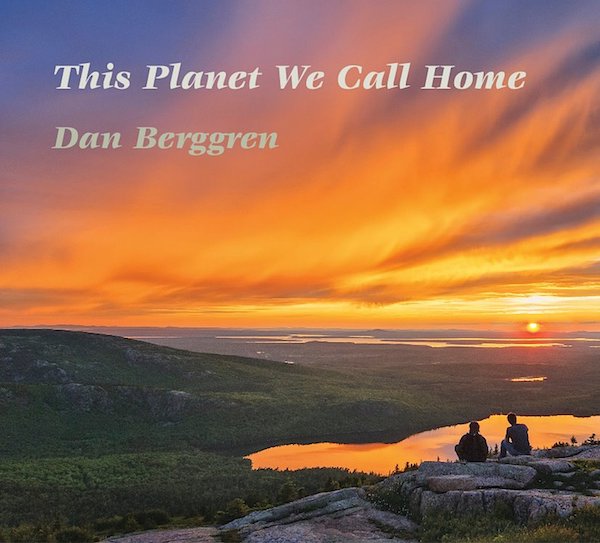
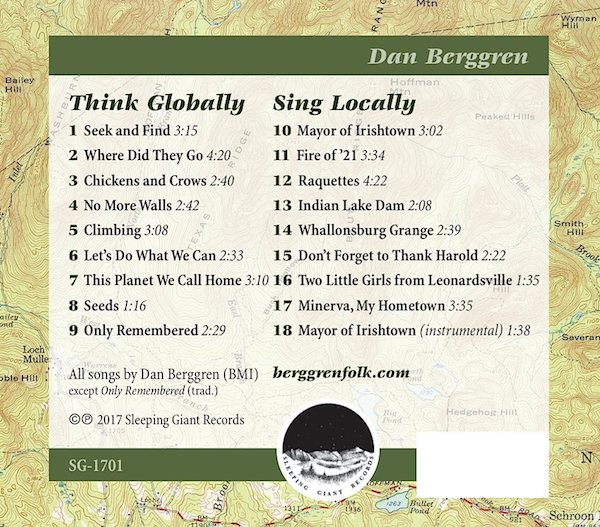

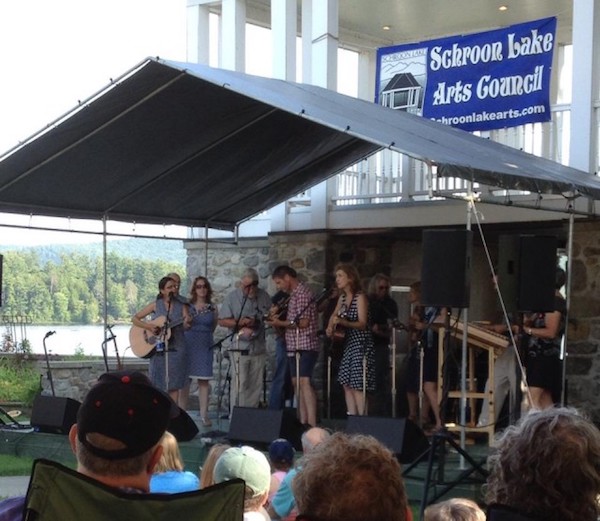

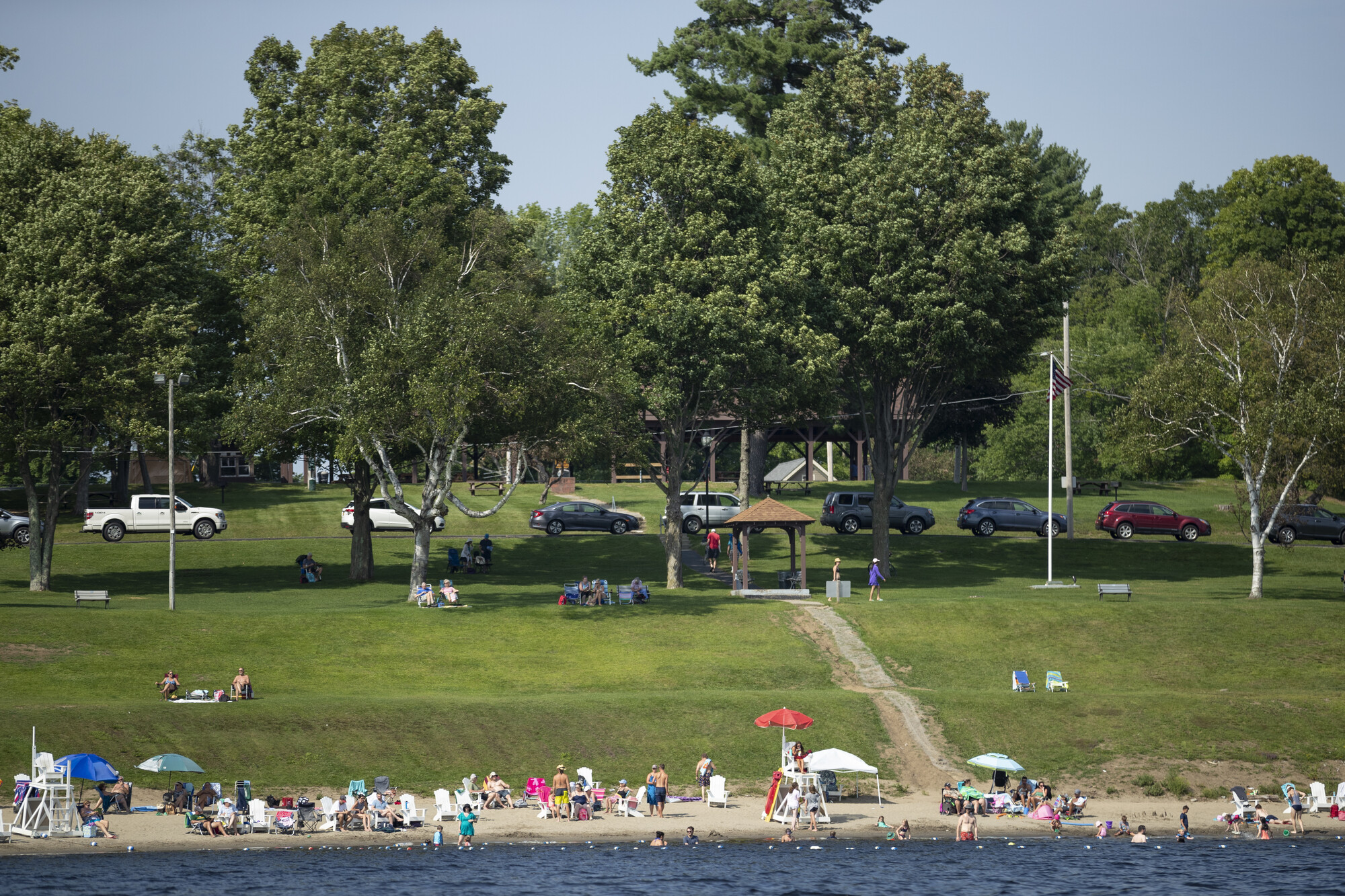
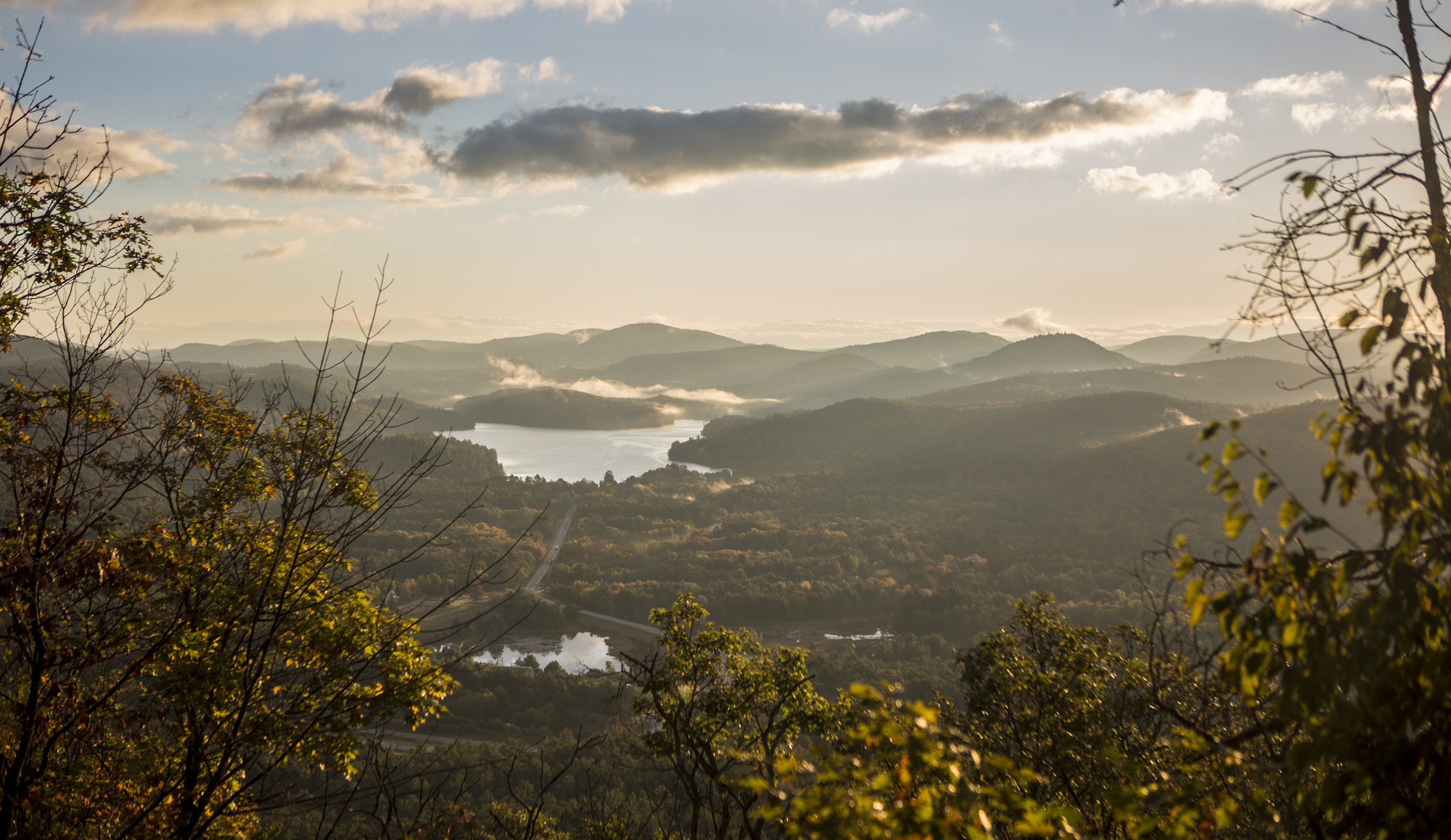
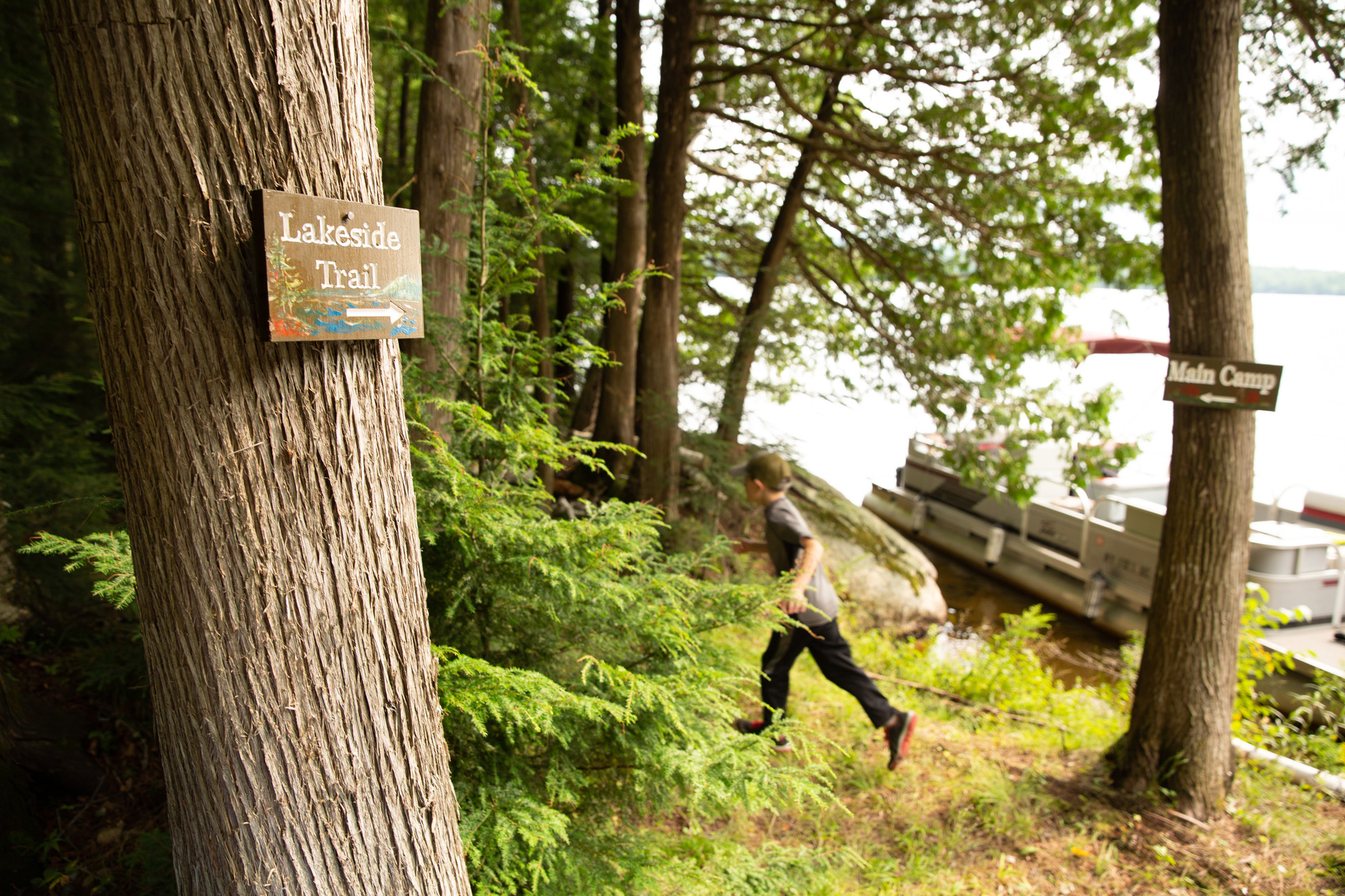
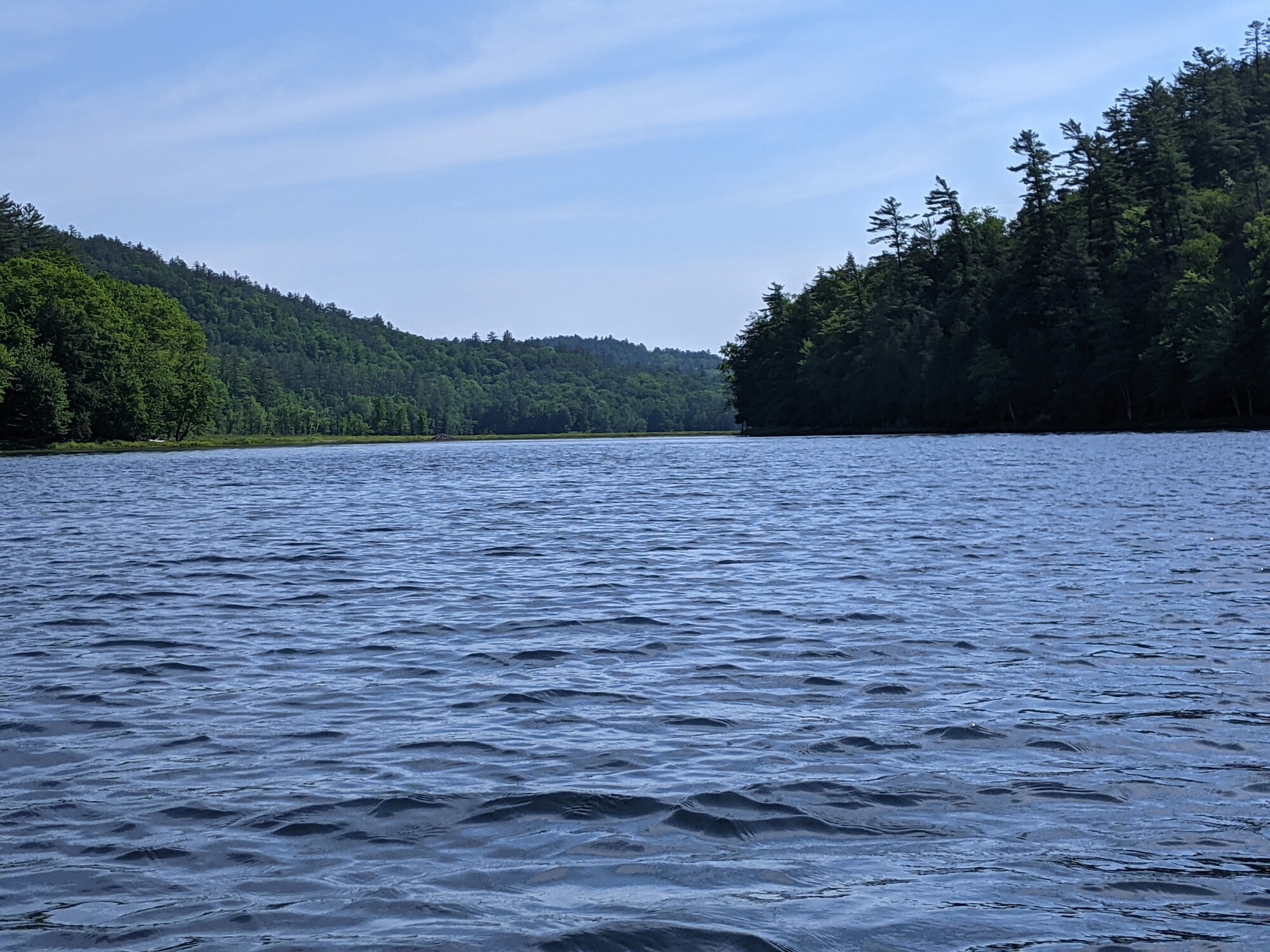
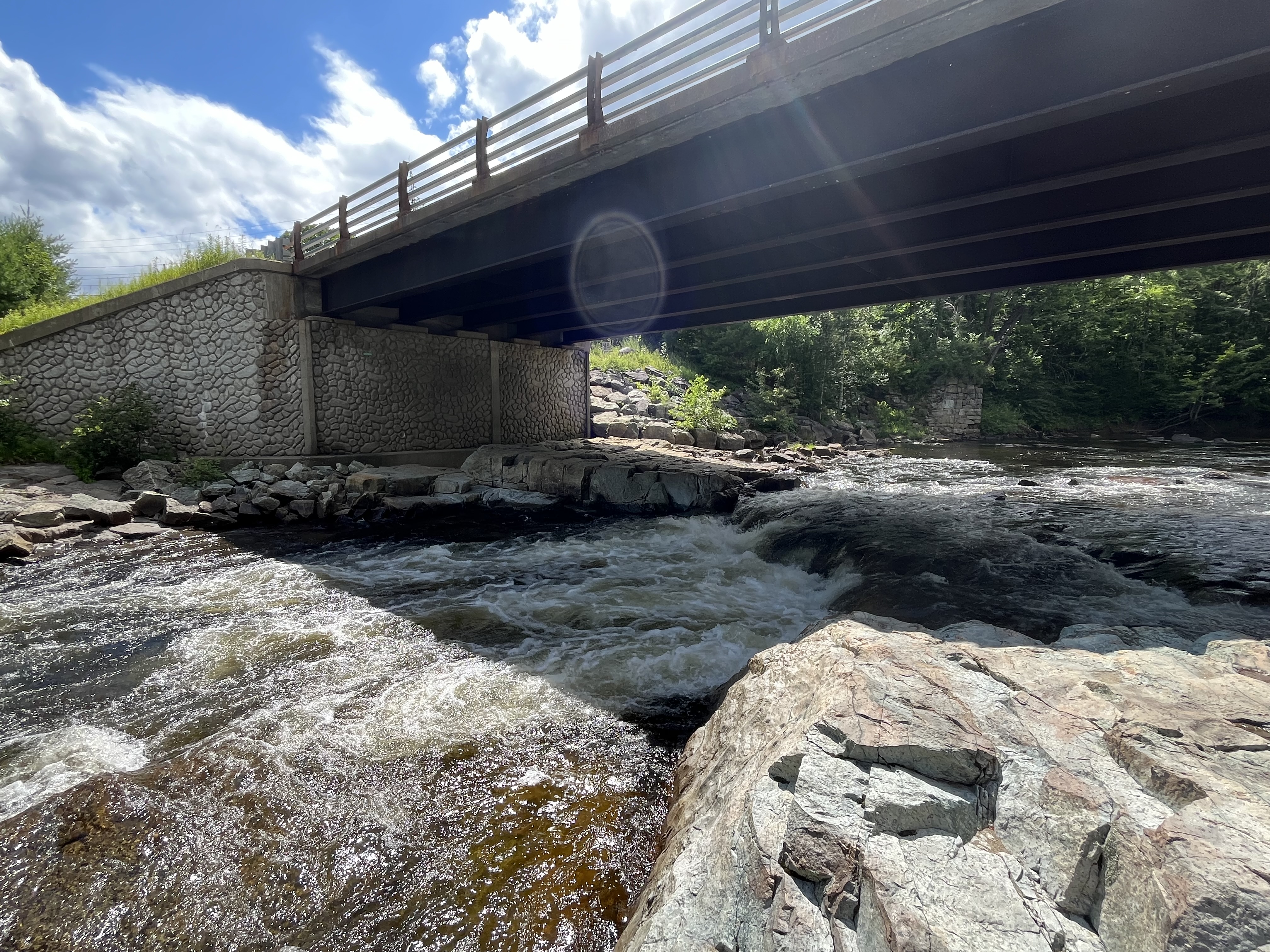
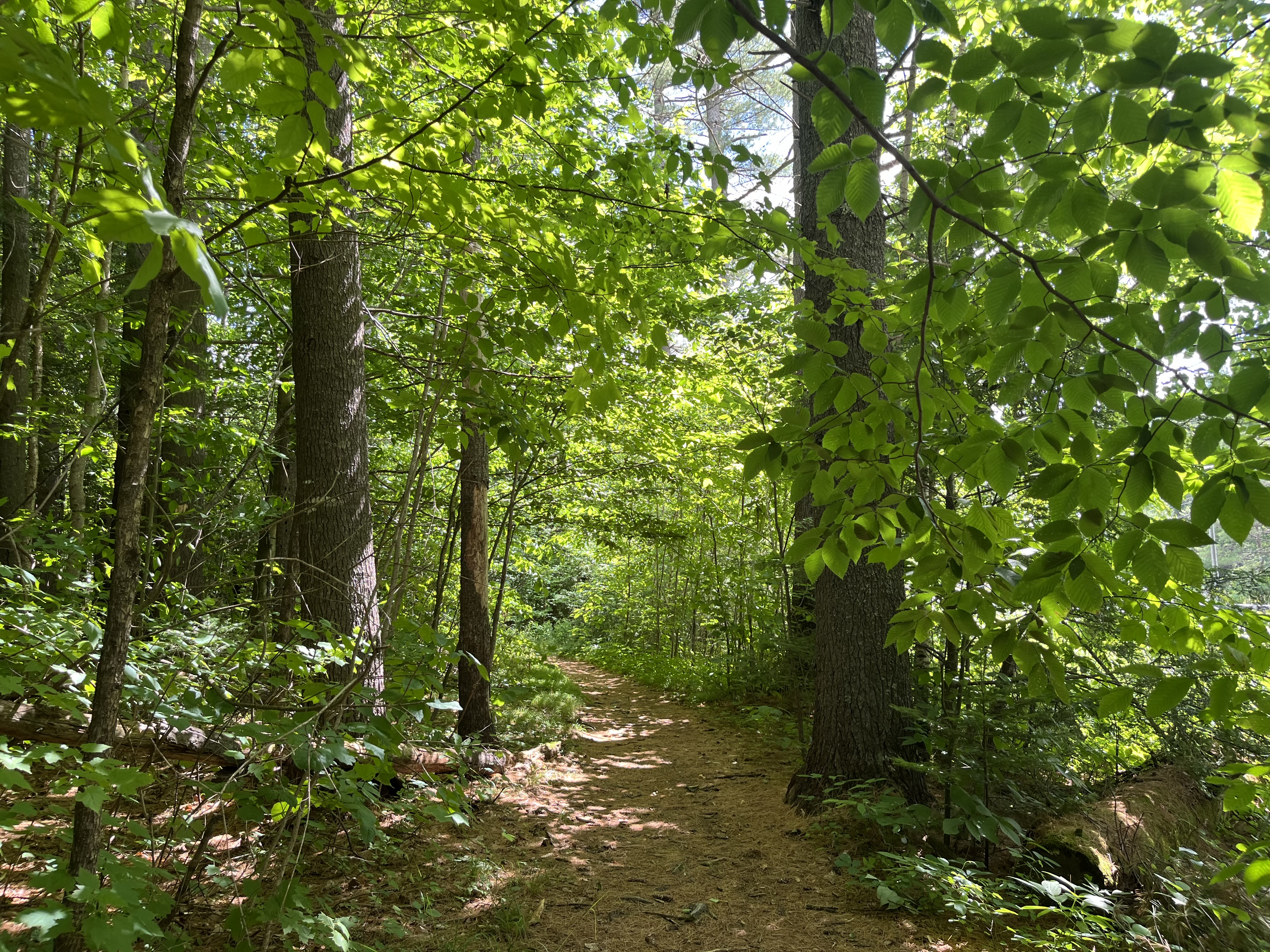


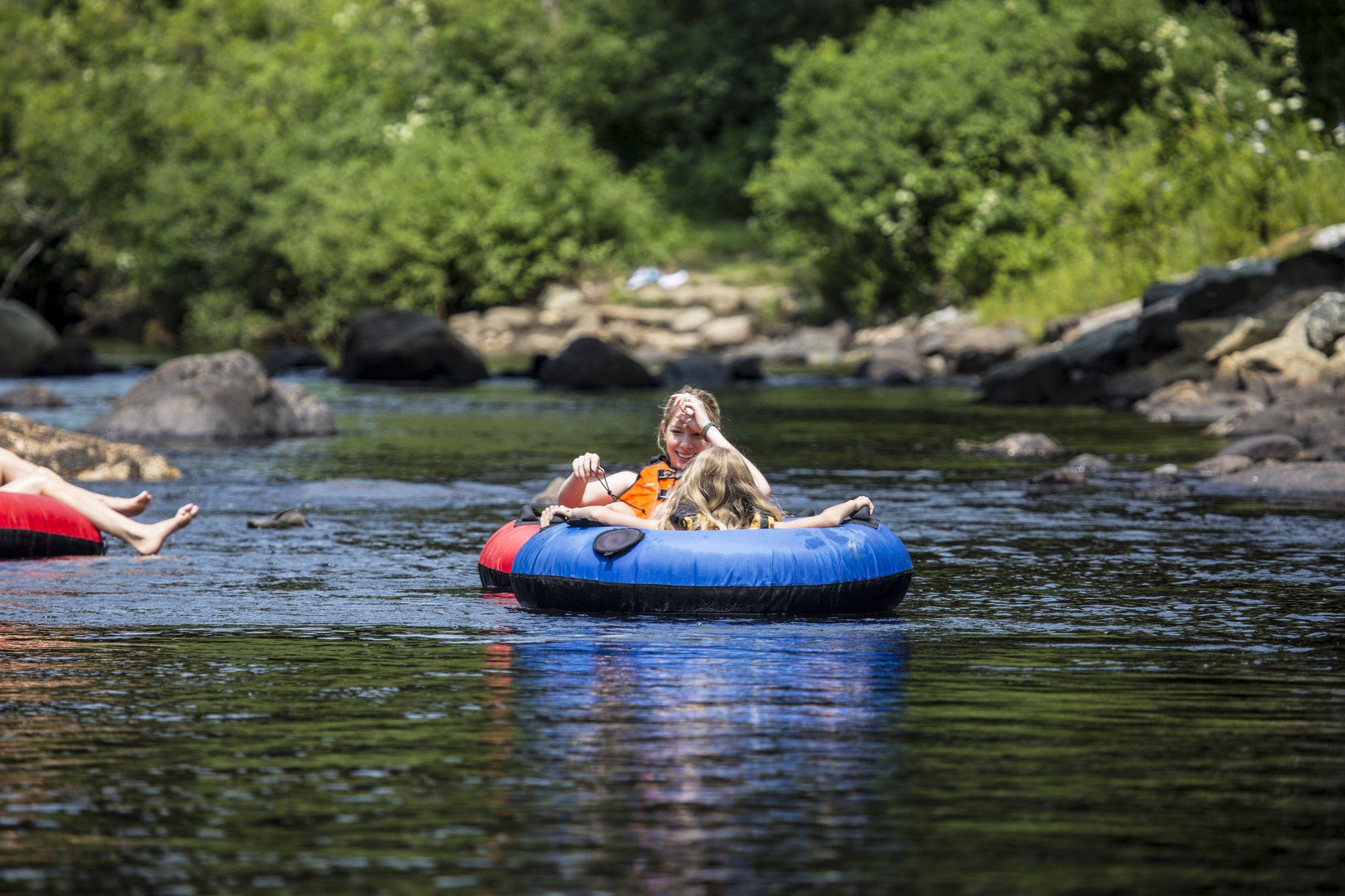
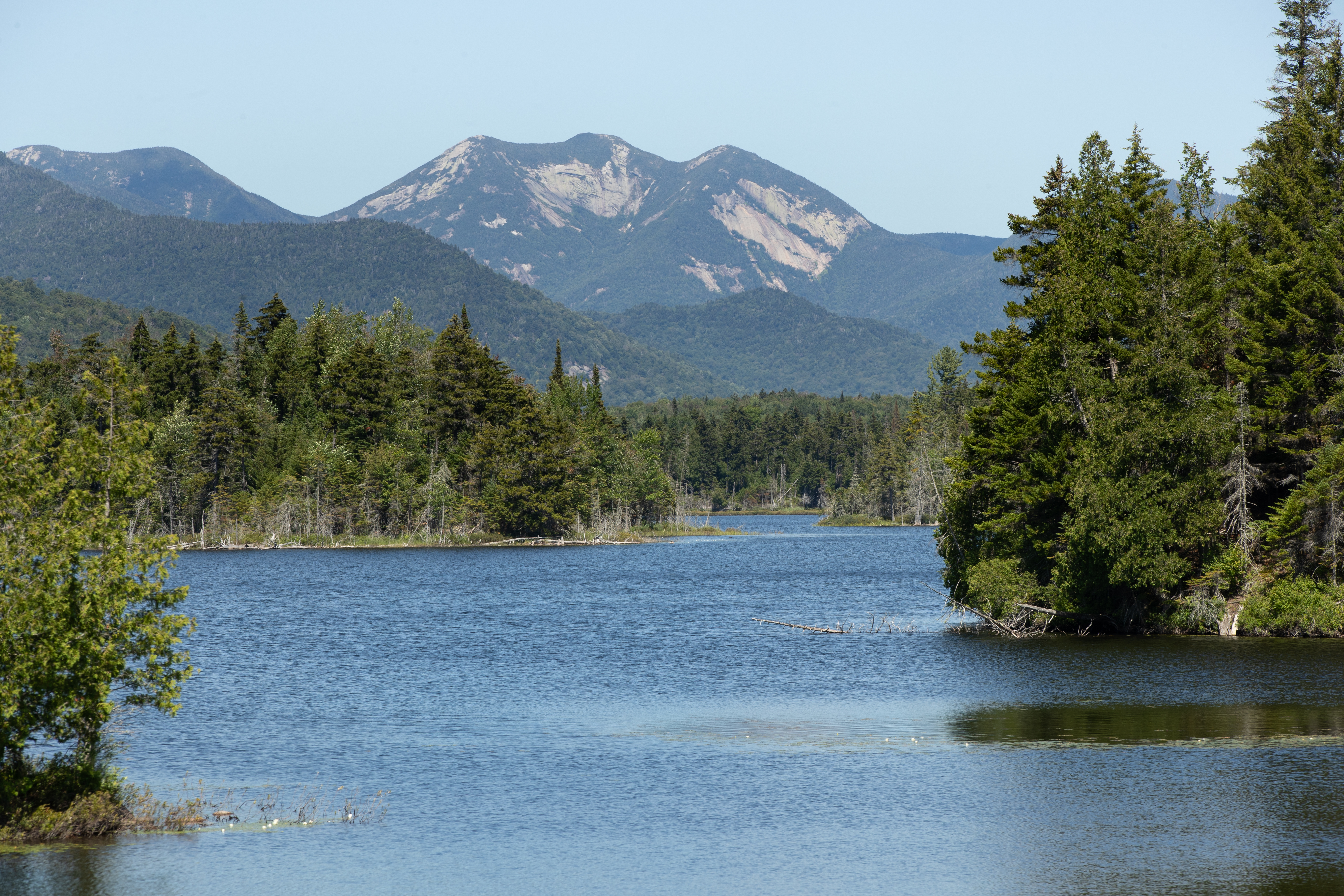



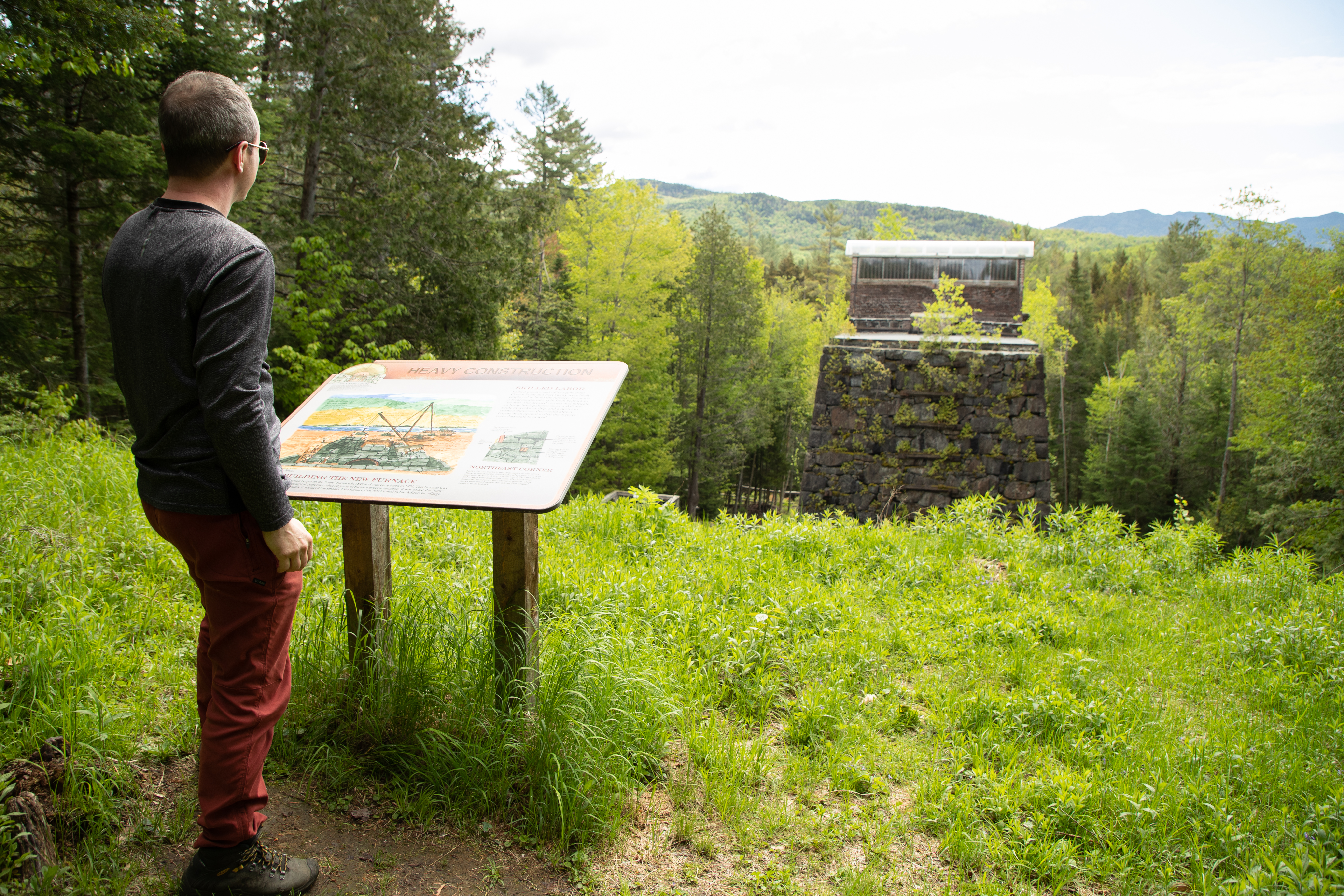
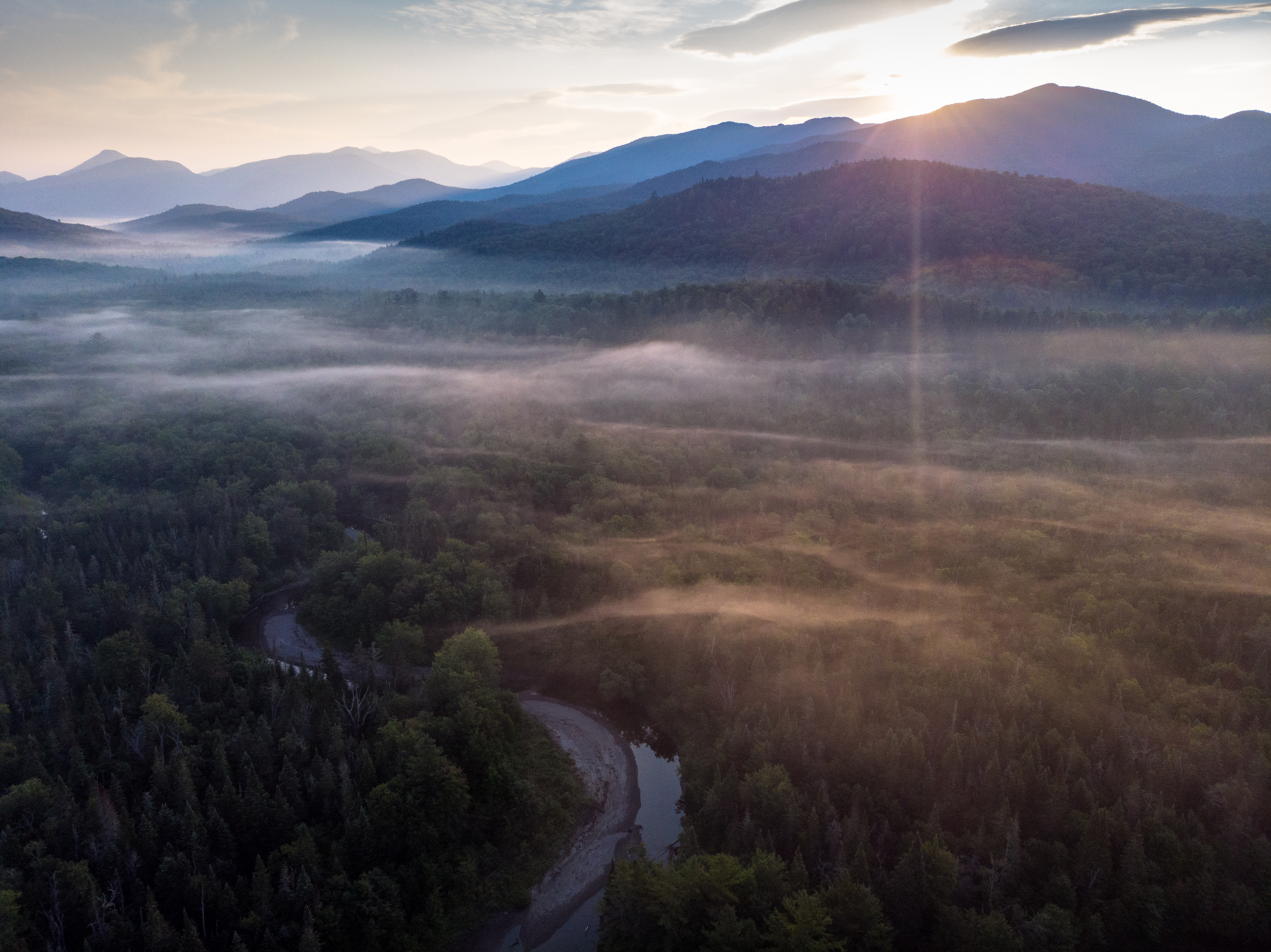
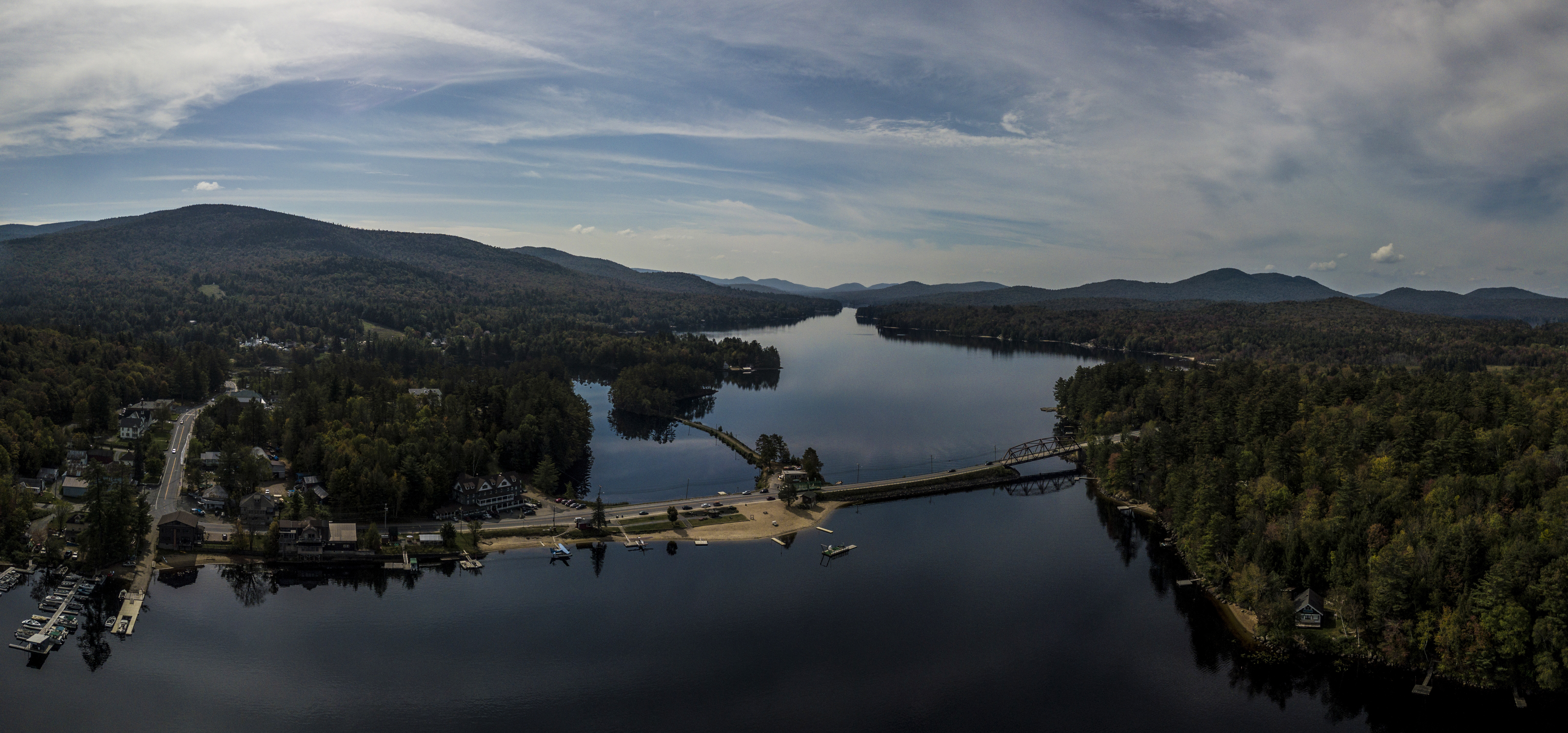 Centrally located in the Adirondacks, Long Lake is a four-season destination with abundant
Centrally located in the Adirondacks, Long Lake is a four-season destination with abundant 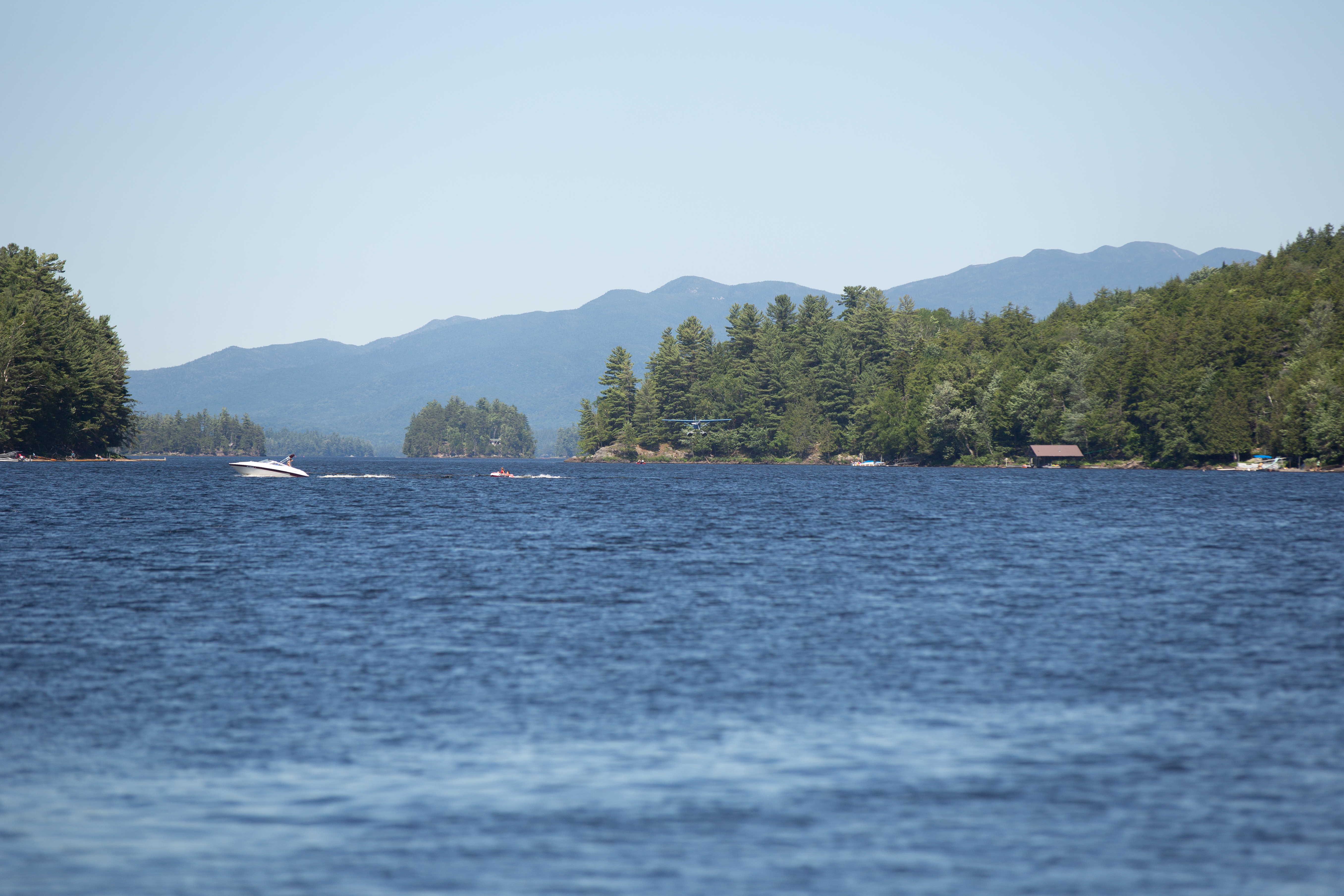
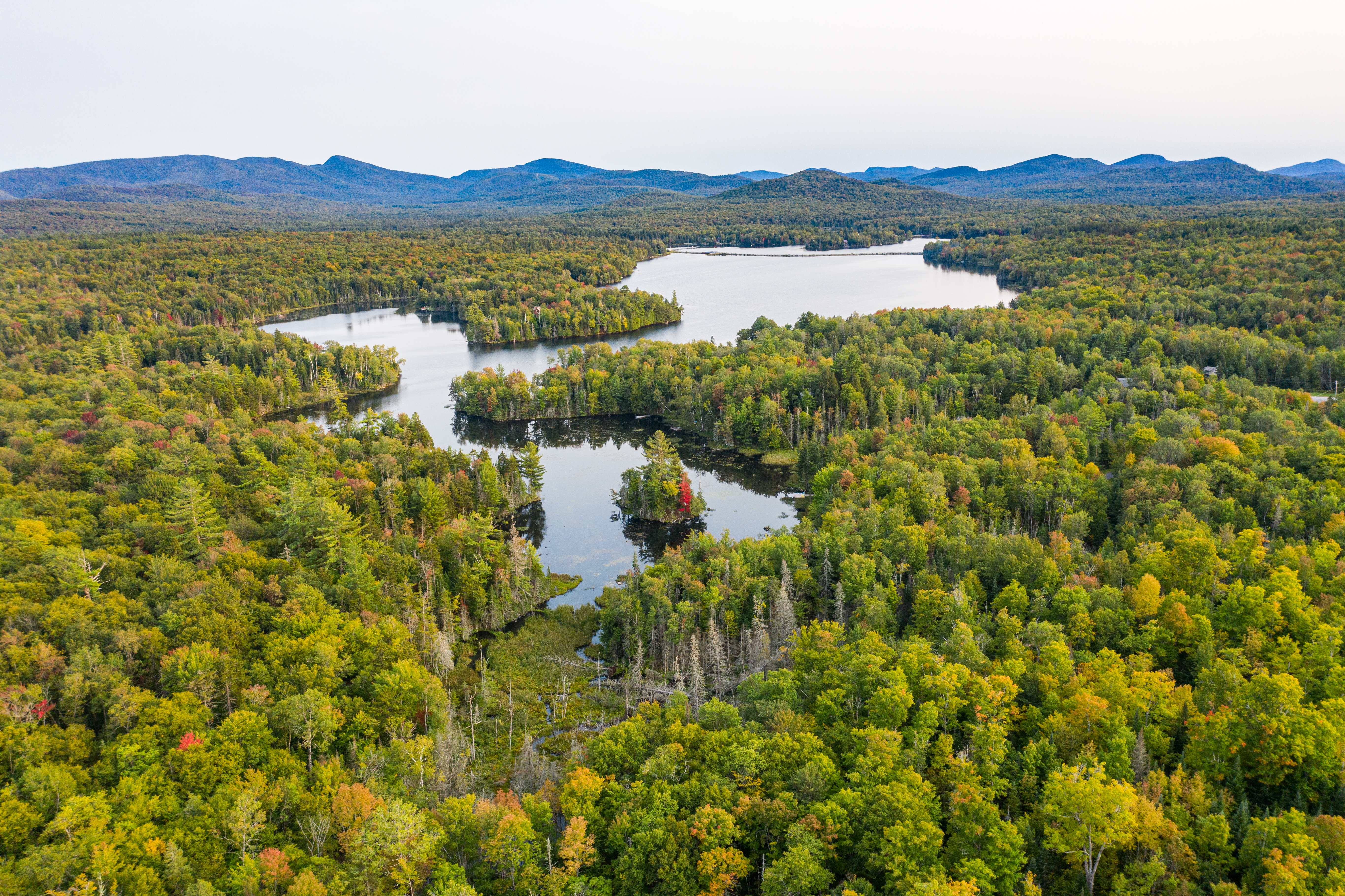 Surrounding itself with mountains, lakes, streams, even waterfalls, the adventurer in you will never get bored! Whatever the season, Indian Lake knows how to keep you coming back for more. In summer, experience Music in the Park with the Summer Concert Series. Check in often to visit our historic summer festivals and parades! The fun doesn’t stop after the warmer months, either. When the leaves start to change around here, Indian lake welcomes the fall season with weekend after weekend of festivals and festivities like the
Surrounding itself with mountains, lakes, streams, even waterfalls, the adventurer in you will never get bored! Whatever the season, Indian Lake knows how to keep you coming back for more. In summer, experience Music in the Park with the Summer Concert Series. Check in often to visit our historic summer festivals and parades! The fun doesn’t stop after the warmer months, either. When the leaves start to change around here, Indian lake welcomes the fall season with weekend after weekend of festivals and festivities like the 